This was another summer walk, back in July when it seemed like whenever we were not working we were walking. Walking had become our substitute for going out to the cinema, the theatre, music gigs, galleries, restaurants, shops, markets. Sometimes while out walking we might risk visiting a pub, but only if we could sit outside. Covid lived inside. Today we parked on the village green at Preston in Hertfordshire, beside the Red Lion pub. But its door was closed, its garden was empty and there was no public convenience. I needed a tree. I could think of little else, winding the village paths out to pasture and greatly relieved to find this welcoming field maple.
We followed the field path up the hill to Pond Farm. The large white caravan seen from afar, in fact turned out to be a rectangular white bull, but it was thankfully more interested in its mate than in us. We saw an interesting ash.
Dead Woman’s Lane
Hazel & Oak
We took a wrong turn, branching left too soon, following an oat field path.
Field edge ash hedge
A pair of trunks
A pair of flints
Ash tree filigree
Back on track we follow another green lane. The path divides then divides again. Decide which way to take then choose the other – Twitter.
Coppiced hazel
Down a green lane to a green lane to a green lane to a green lane – Twitter.
Peacock
Hazelnut cluster
It was a magical lane, decorated with jewels of flora and fauna and fungi, an uplifting, heartwarming, consoling place to be. According to our notes on the map we’d walked this way ten years ago, but neither of us remembered, our footsteps were overgrown and it was now all strangely unfamiliar. How could that be? Why cast a spell one day and not another? A trick of the light? Today it was all new and surprising and instantly memorable.
A field path not taken.
Gatekeeper
It was a lane alive with the light of the leaves.
Fallen fungi
And sounds in the trees.
We were stopped in our tracks by noises in the woods beside us. We peered in between the trees and faces looked straight back at us, and they wore branches on their heads – Twitter.
Good development on the antlers but still in velvet!
What does that mean? Are they young ones?
No they are adult bucks in velvet. Still growing this years new antlers ready for the rut later this year. That is why they are in deep cover as the new growth is soft and liable to damage.
Oak antlers
Hedgerow drawing
We emerged in Cox Green by the village pond. The sign reminded me of Paul Auster and his stories of chance and coincidence. Auster End, Austere End, Austage End, Hostage End. I was rambling as we climbed the hill. There was a pub, The Plough, and suddenly I remembered the last time we were here. The door led straight into a small public bar and all heads had turned as we entered, not welcoming but threatened and intimidating, so we retreated and left. Today the pub was on lockdown, maybe a private function, maybe a hostage situation. We didn’t investigate. The Worm Forgives The Plough.
That was a book by John Stewart Collis about his time working on the land during the Second World War. But should we forgive the plough? Cultivation equals deforestation. Where would we be without it? Foraging instead of farming. Stewarding instead of stealing. In harmony with the planet and with the alignment of the planets. Seen from the right angle, especially with the wrong turns, our walk plotted the celestial constellation of The Plough.
We walked over the fields to Ley Green.
A roadside sun
Hazel, brick and flint
A field of greens
A wayside oak
A welcoming oak
At King’s Walden the wall of the church is faced with flints, ploughed up in the local fields, temporarily rearranged, one day they’ll return to the earth.
Yew hedge and clippings
The great welcoming oak of King’s Walden.
Then into Kingswalden Park, an estate of 300 ancient oaks planted long ago as a deer park. We were on the lookout for one in particular, known as the Domesday Oak, it was here before the park and is said to be 1,000 years old.
It was easy to find, being so much wider than the rest, with a girth of 11m.
That means it takes 11 minutes to walk around it.
Probably longer if you explore all its creases and folds, its swellings and burrs and fascinating textures. It might take 11 months to circumnavigate this great tree, around its fissures and hollows and all its green abundance.
A living record of the life of a millennium.
Ten thousand oaks of 100 years old are no substitute for one 500-year-old oak.
Oliver Rackham
It was named the Domesday Oak as a reminder of William the Conqueror, to commemorate the day we became French.
Maybe this younger tree could be named the Brexit Oak, as a memorial to the time we became stupid.
We left Kingswalden Park and followed the path downhill through a field of barley. The slope faced east and the barley was green.
At the bottom we crossed a lane and climbed the path through another field of barley. The slope faced west and the barley was golden.
“East or west, yeast is best, let’s drink a toast and John Barleycorn’s reborn.”
And before we knew it we were all along the hollow lane back to Preston.
※


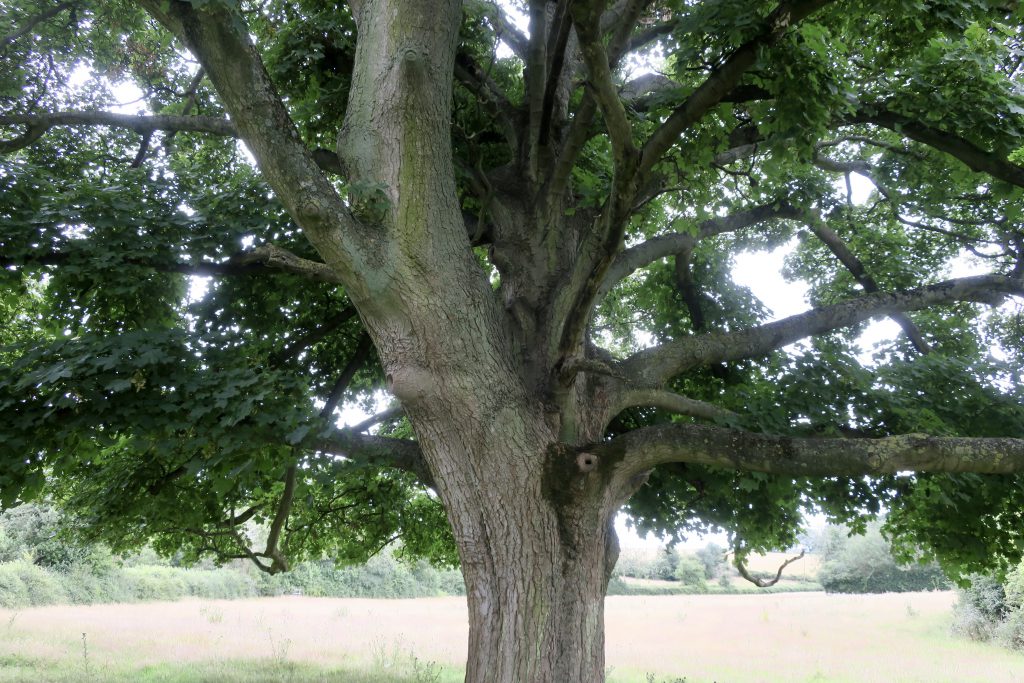
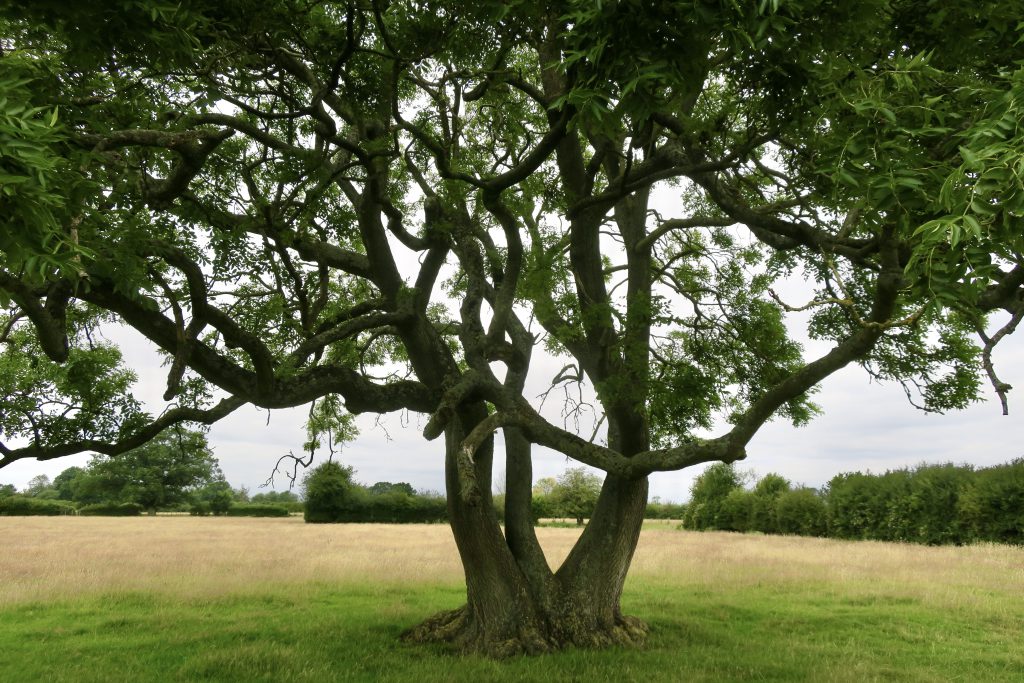
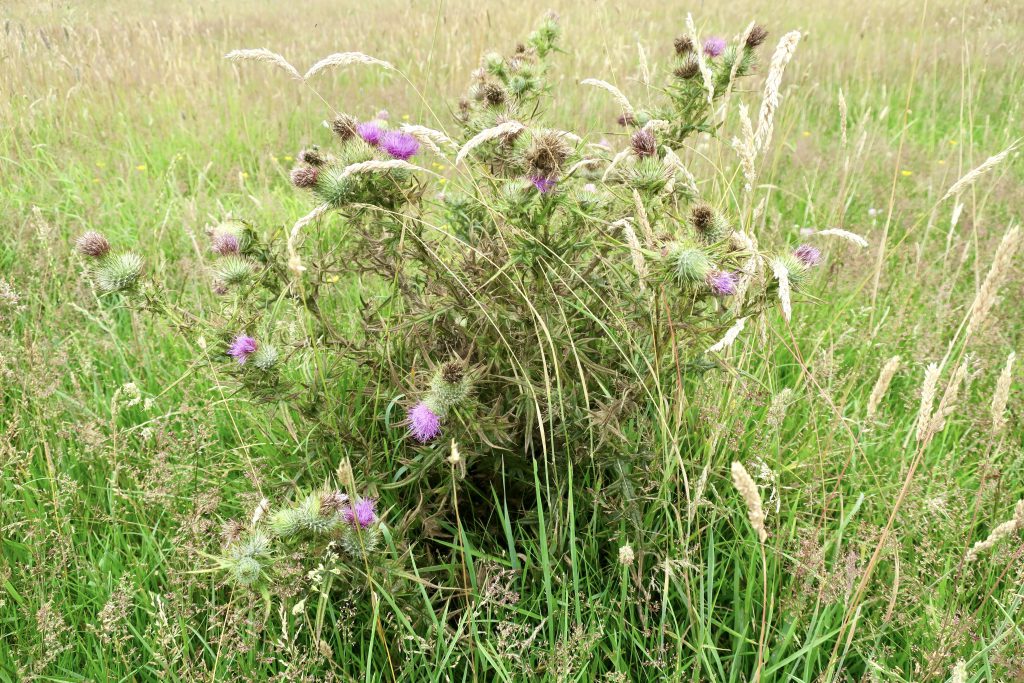
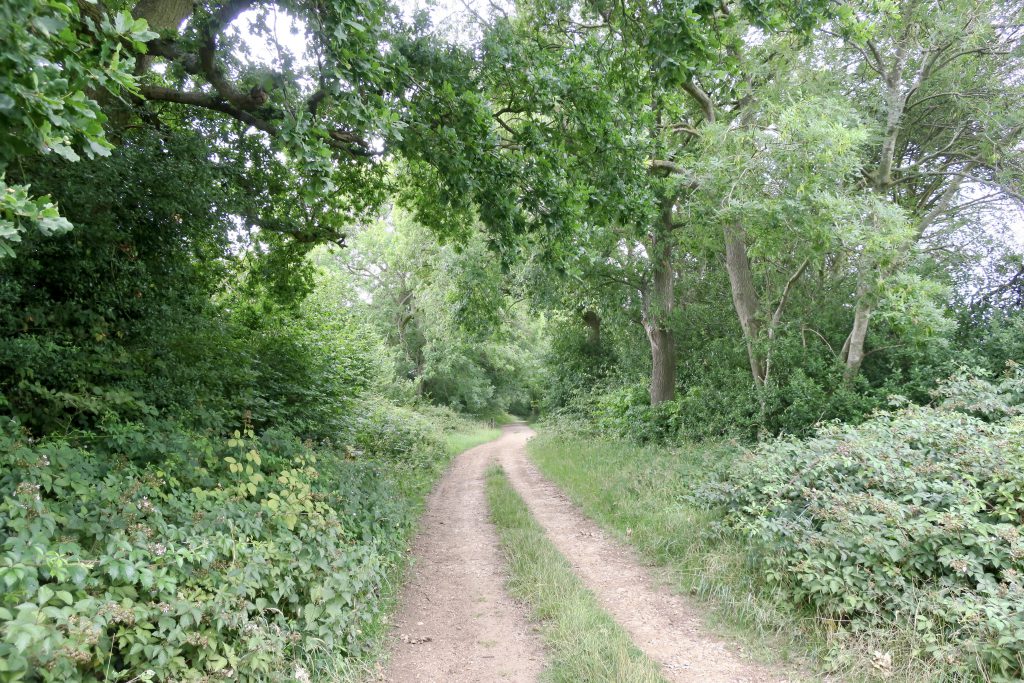
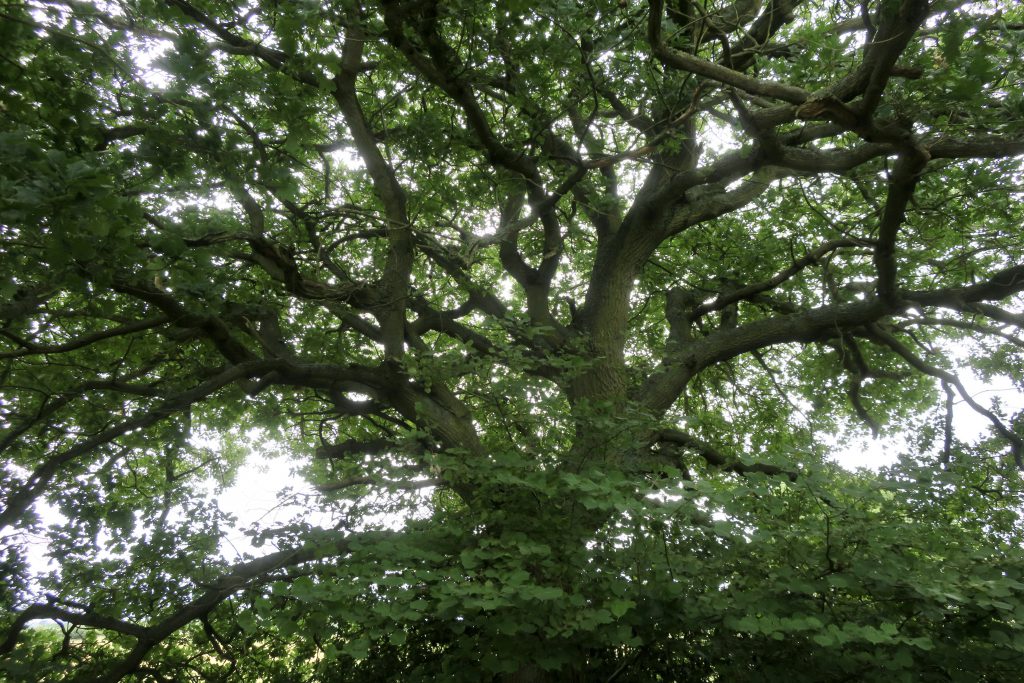
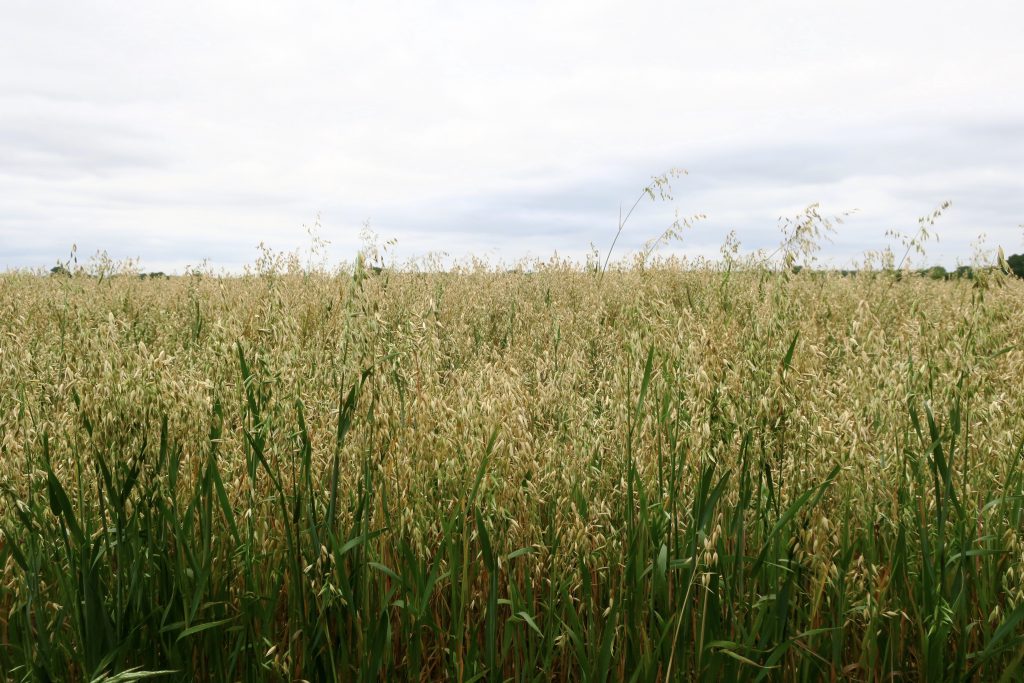
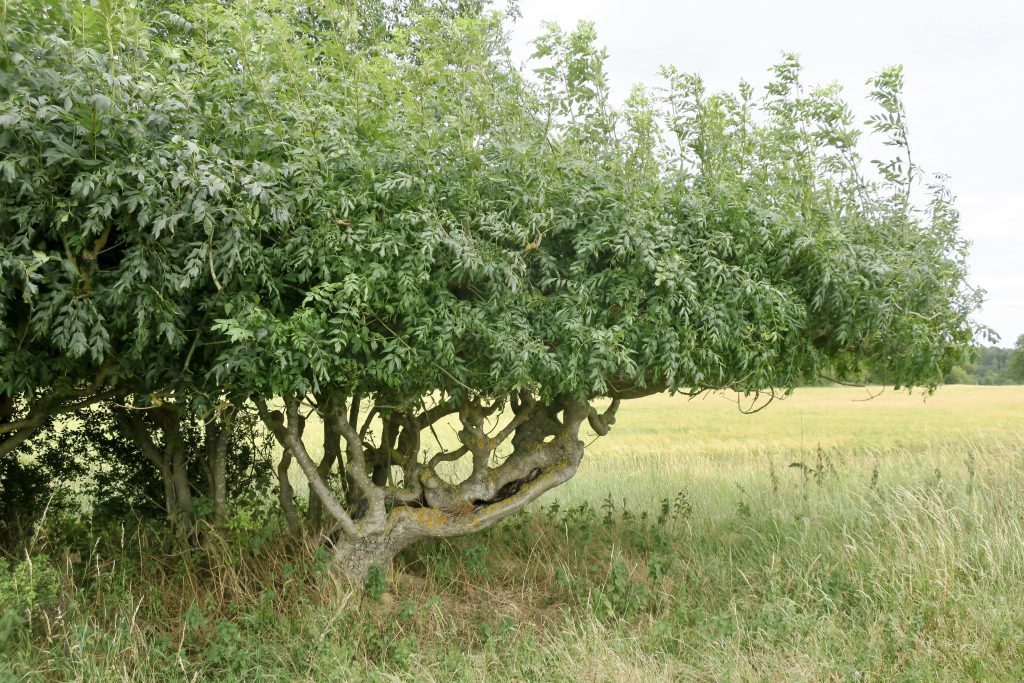
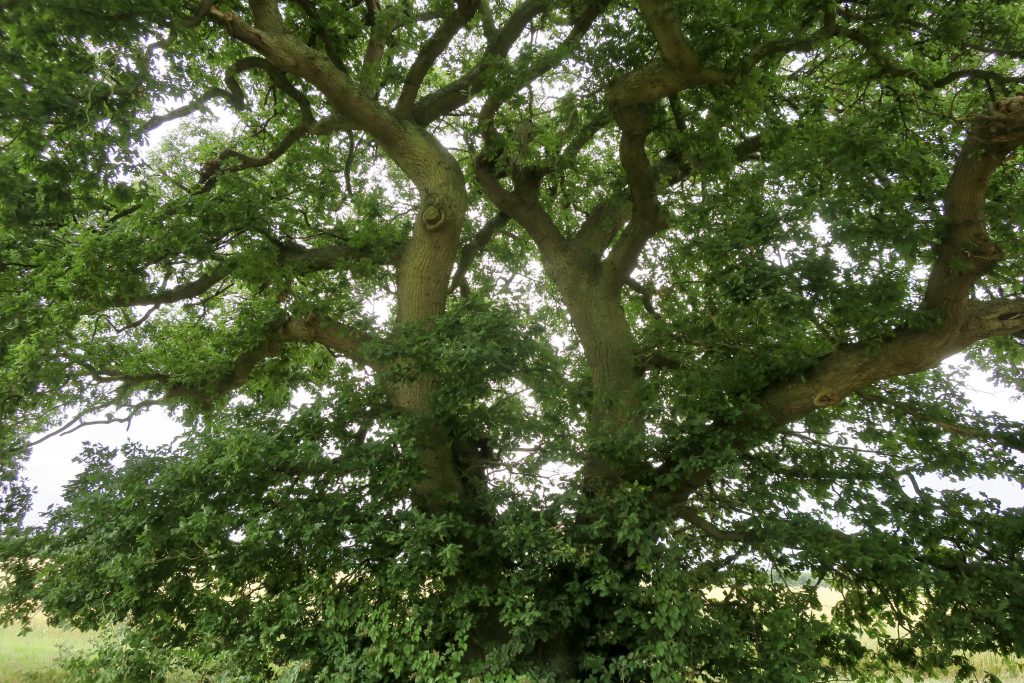
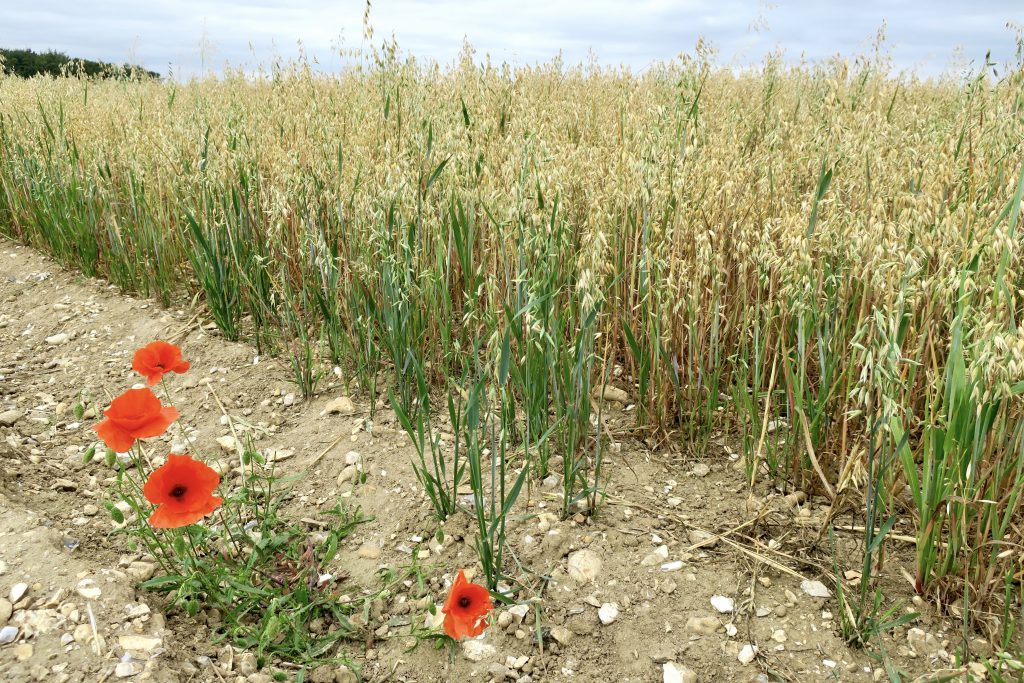
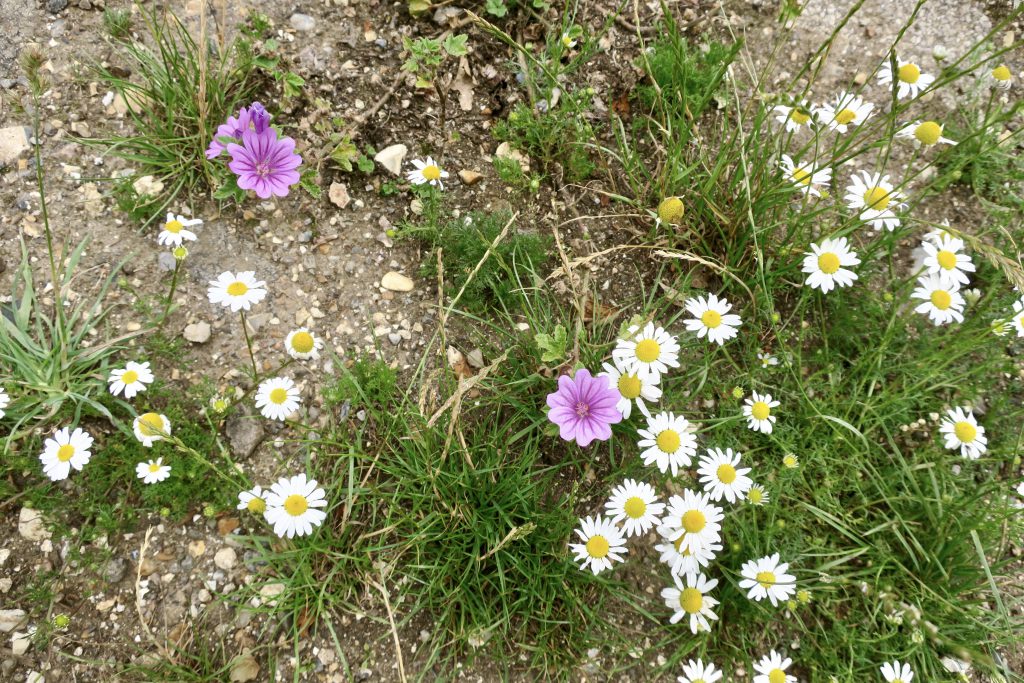
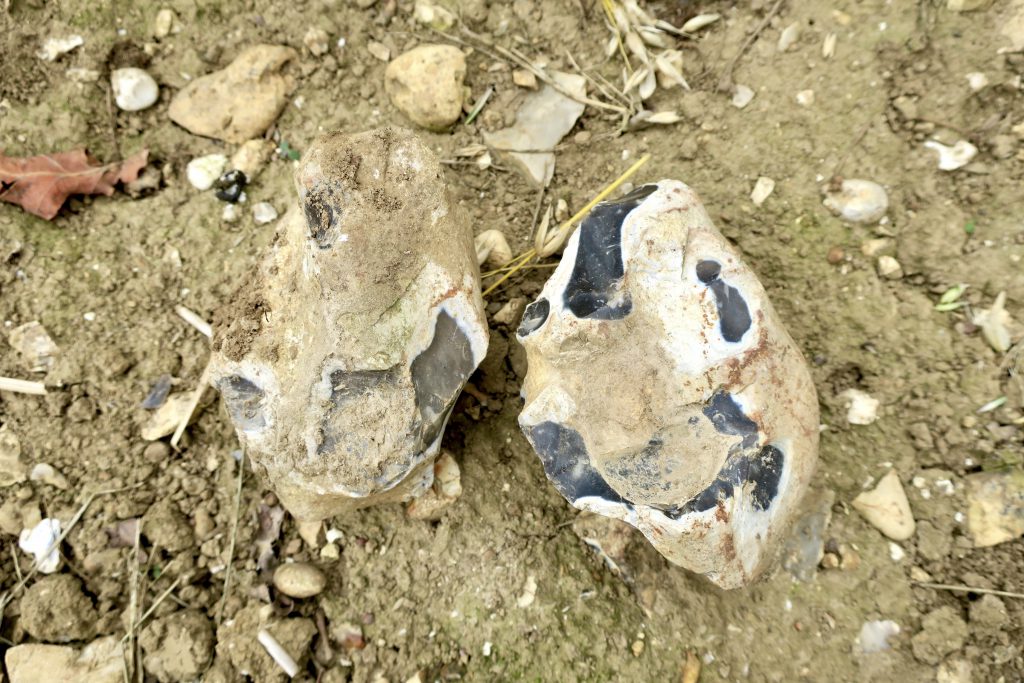
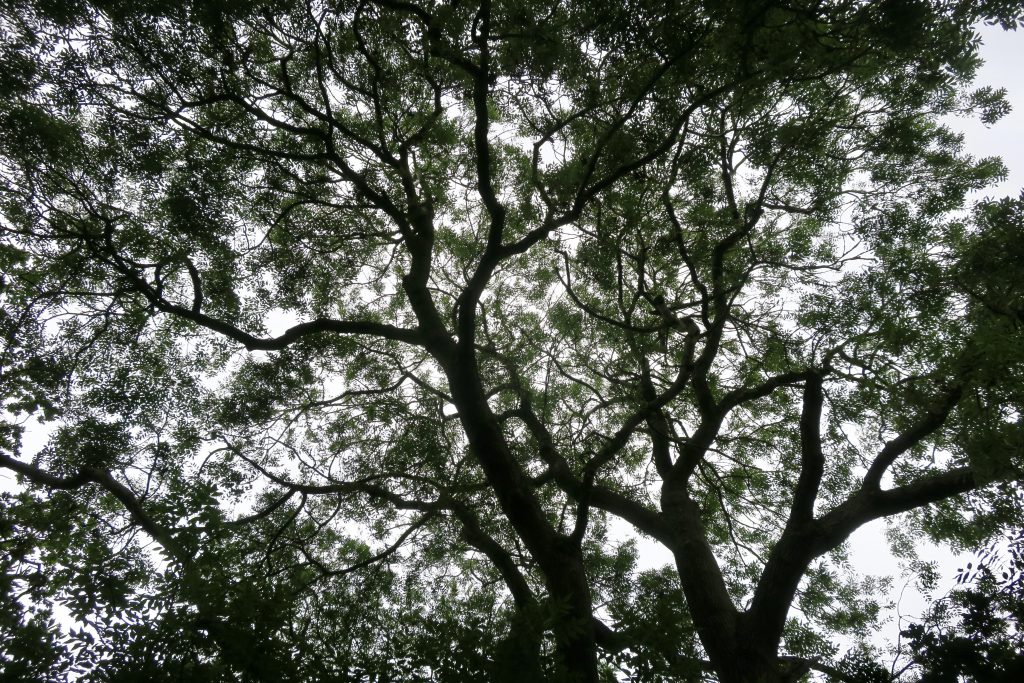
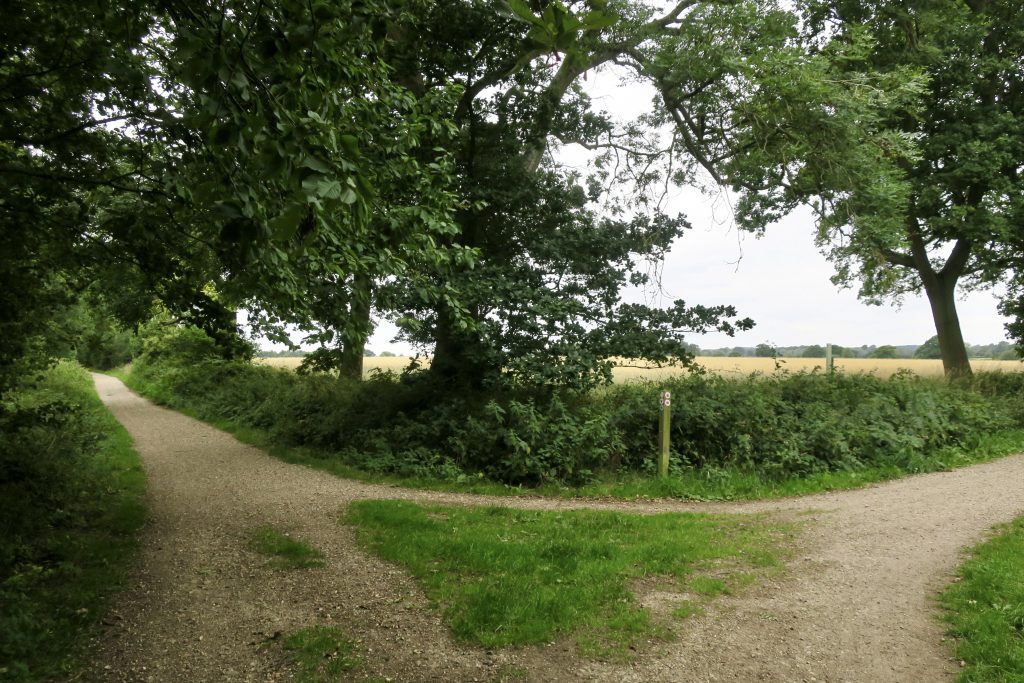
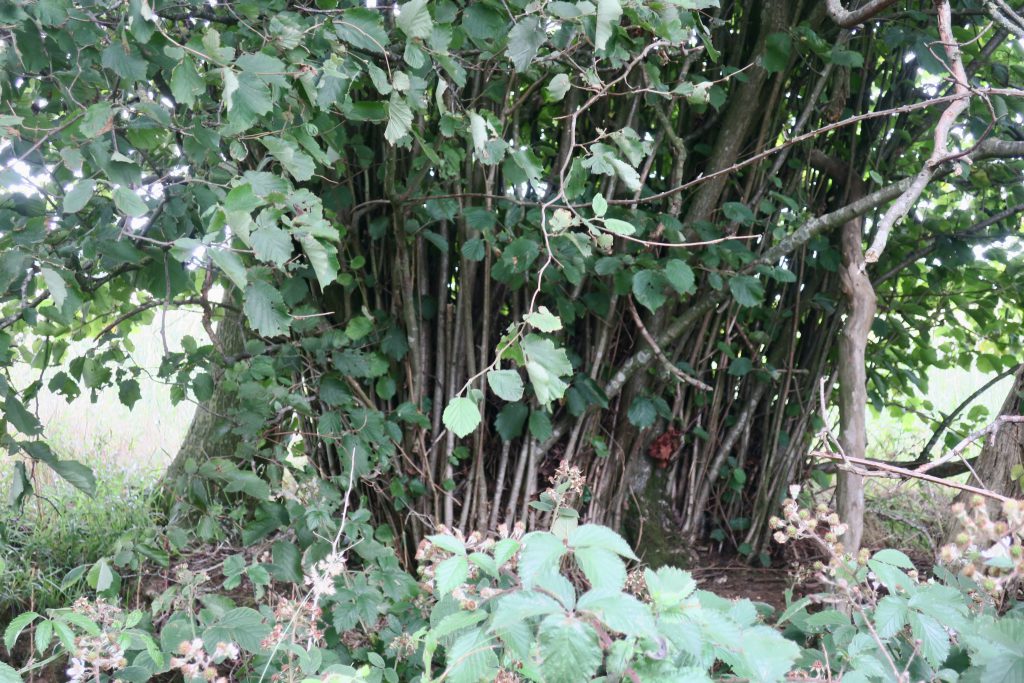
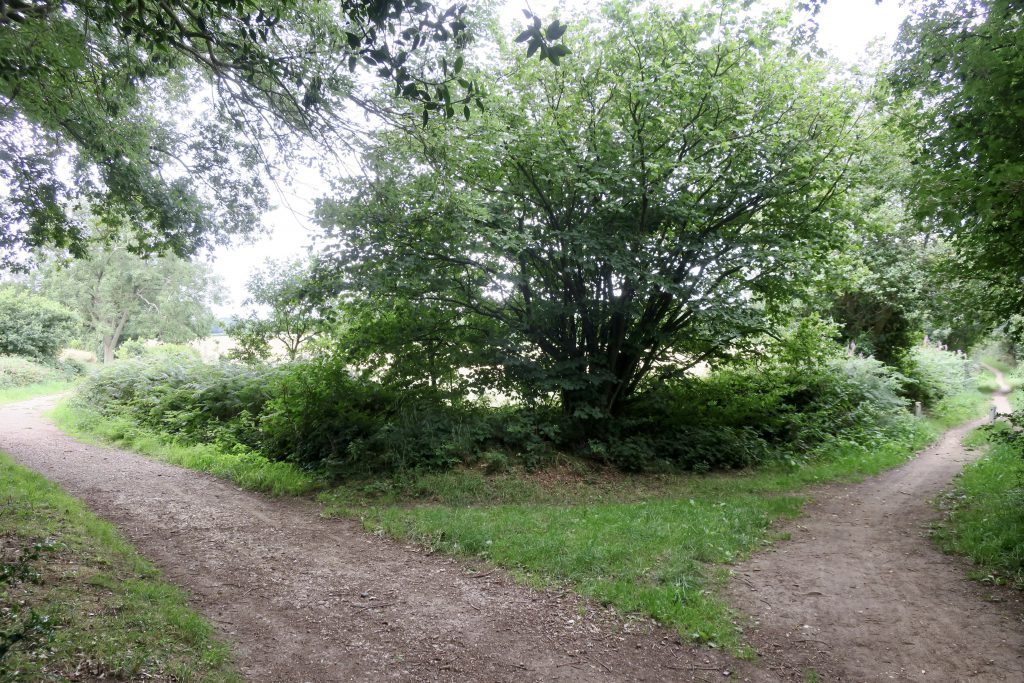
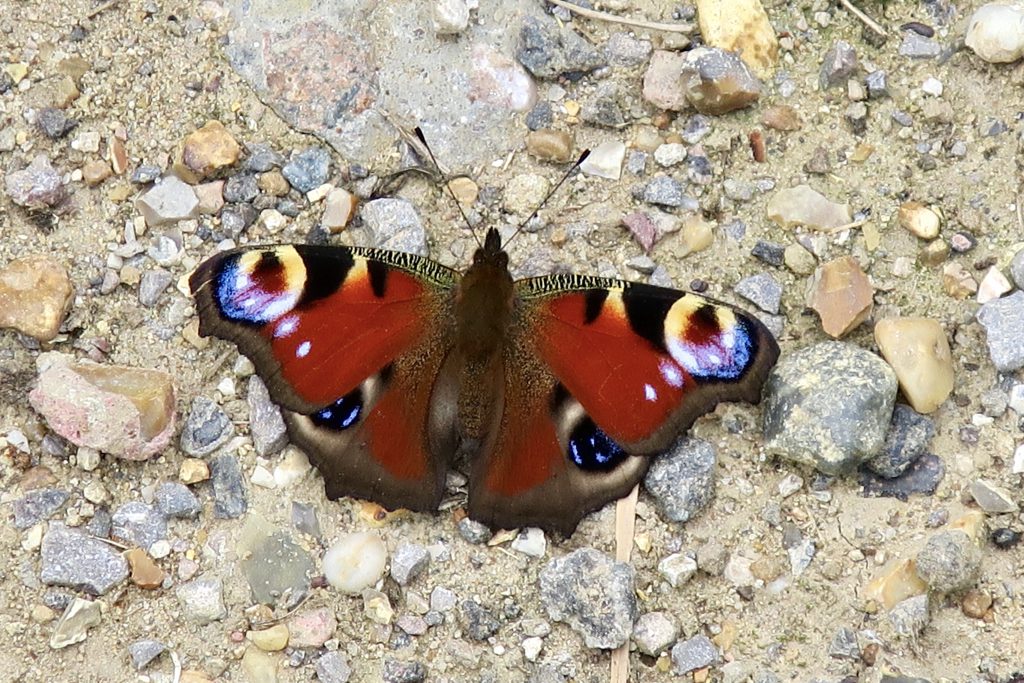
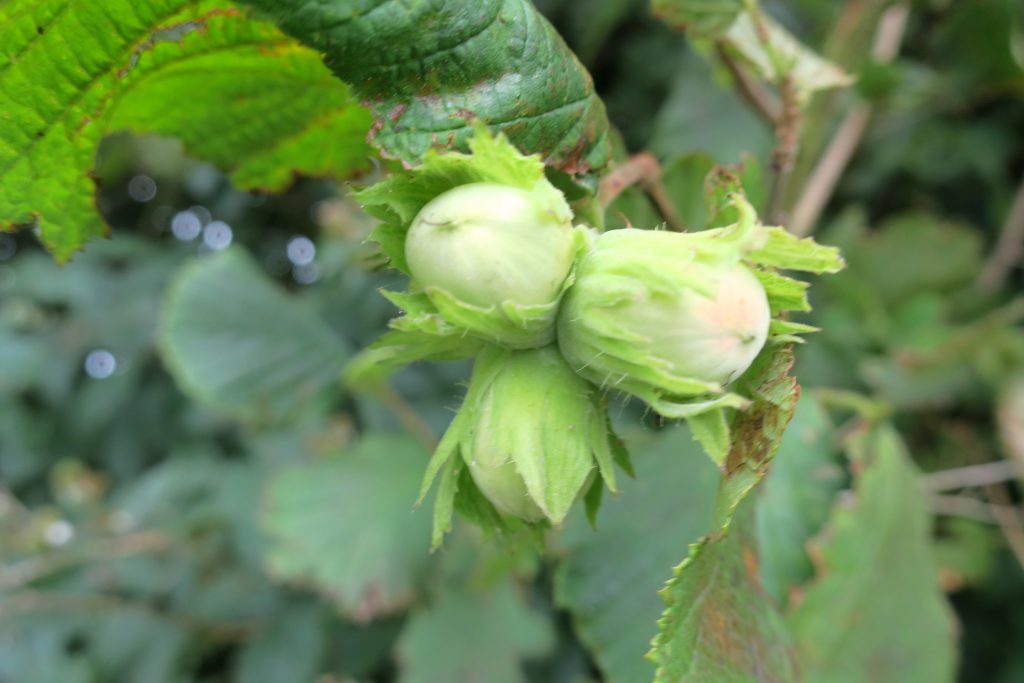
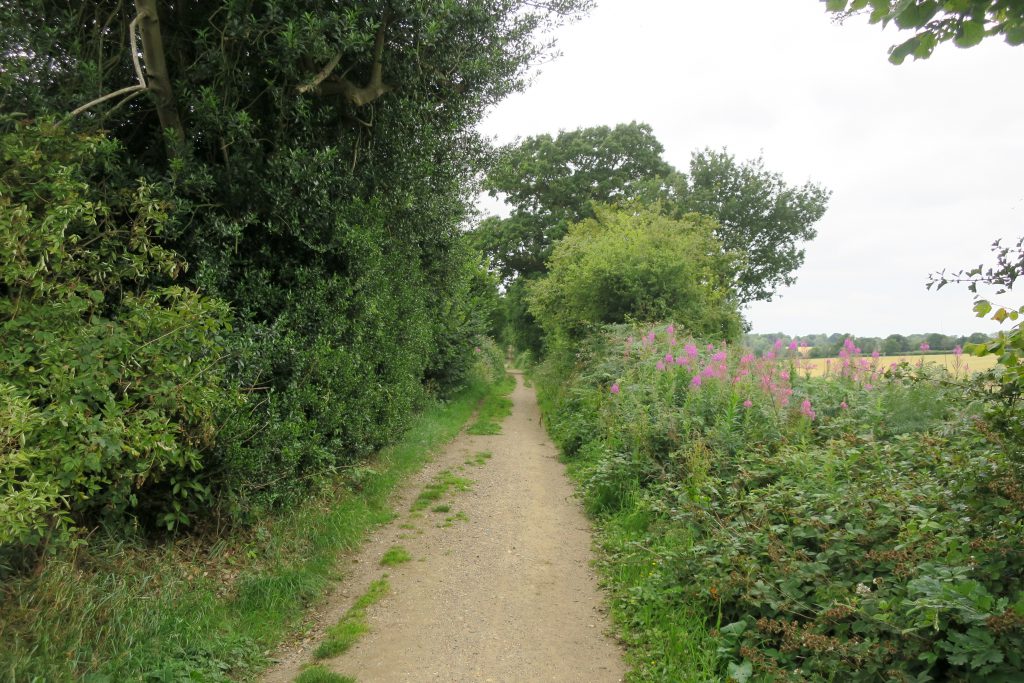
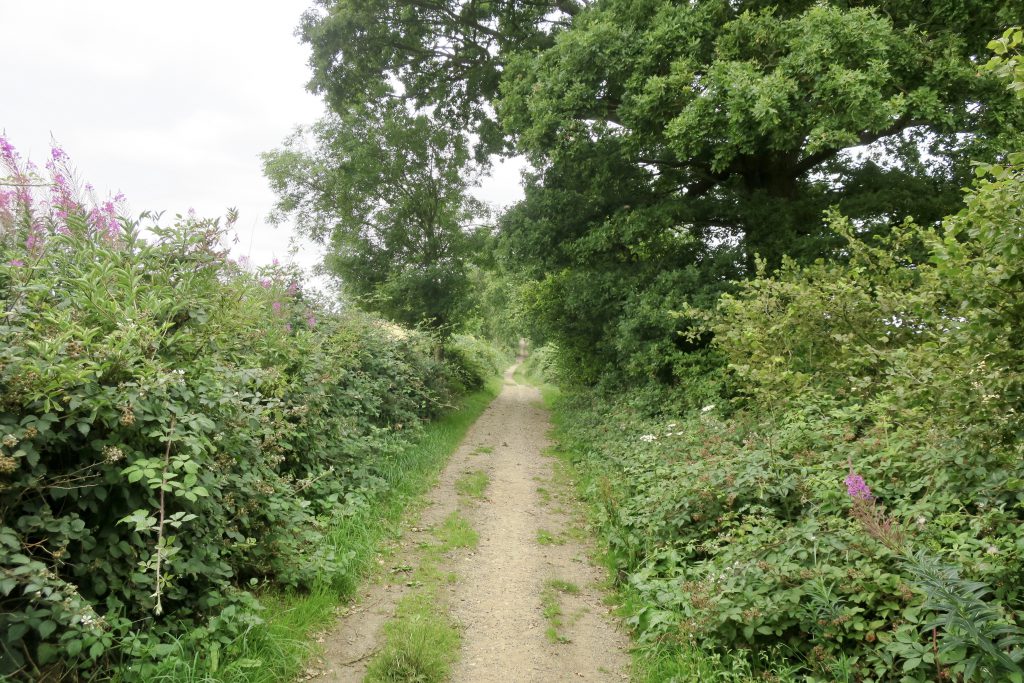
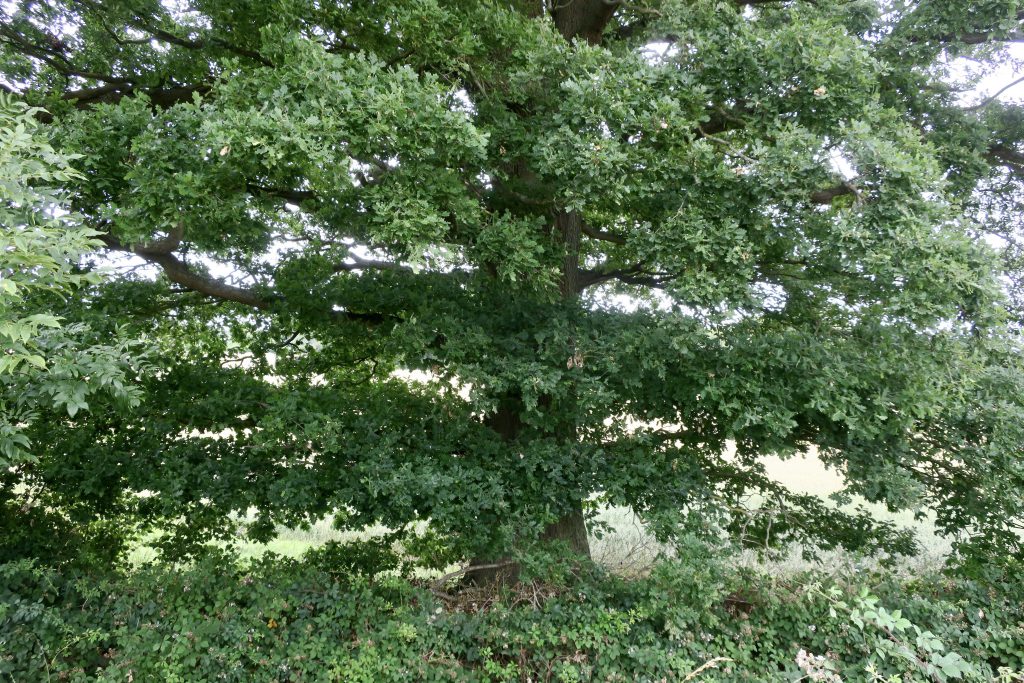
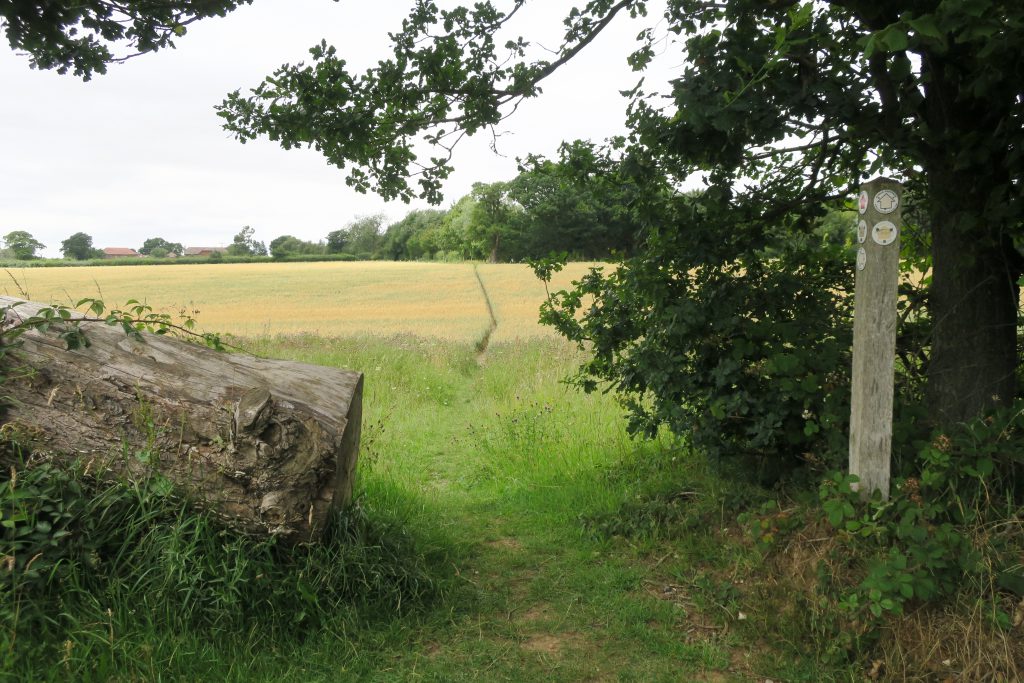
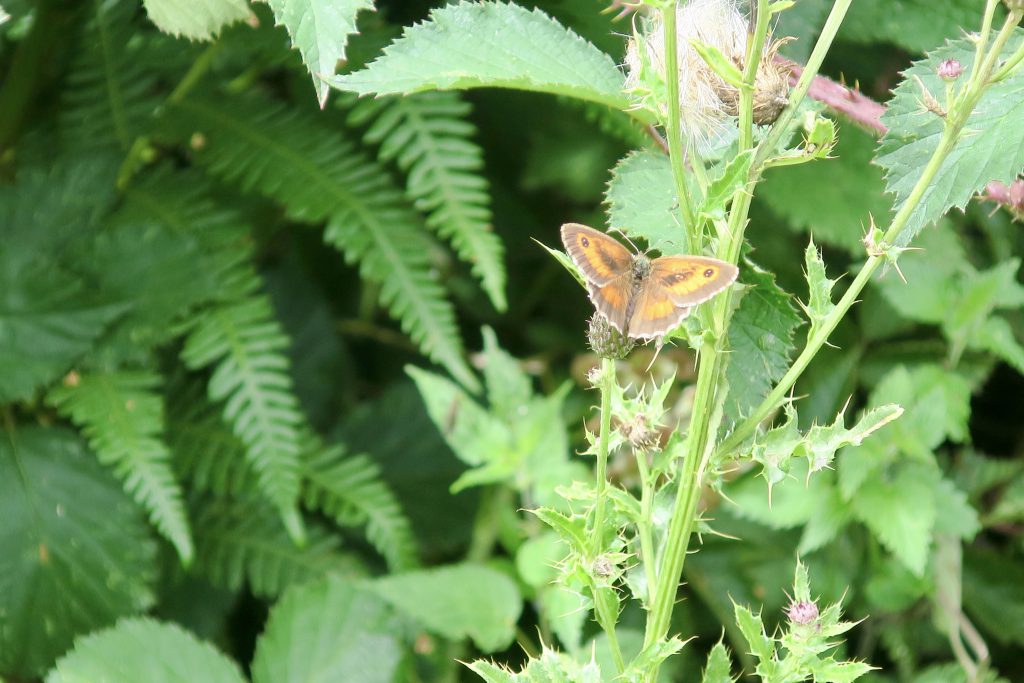
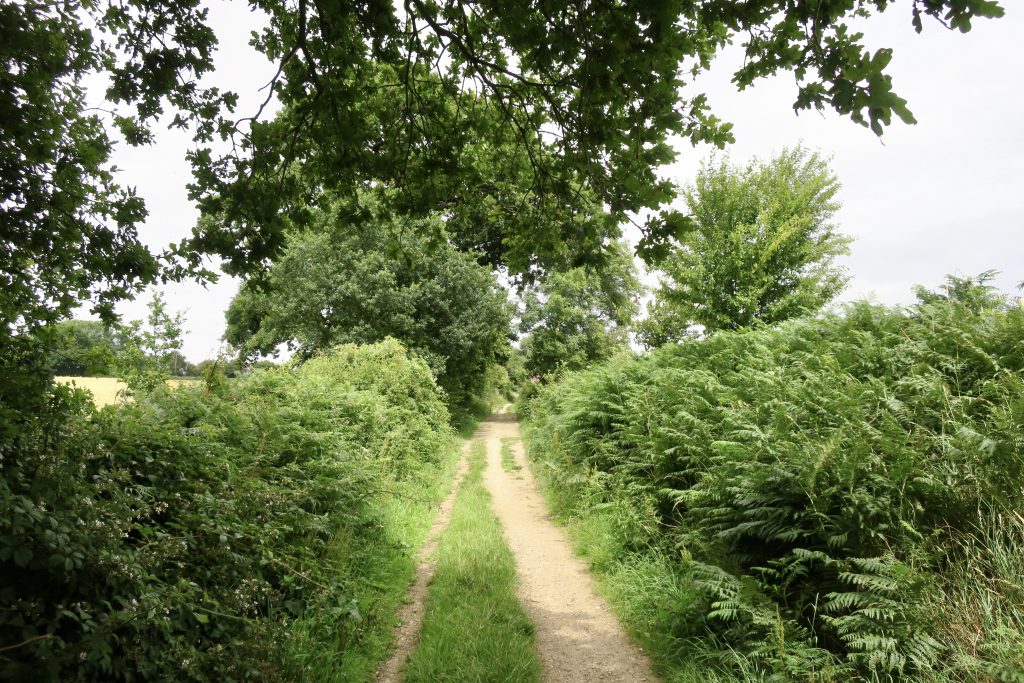
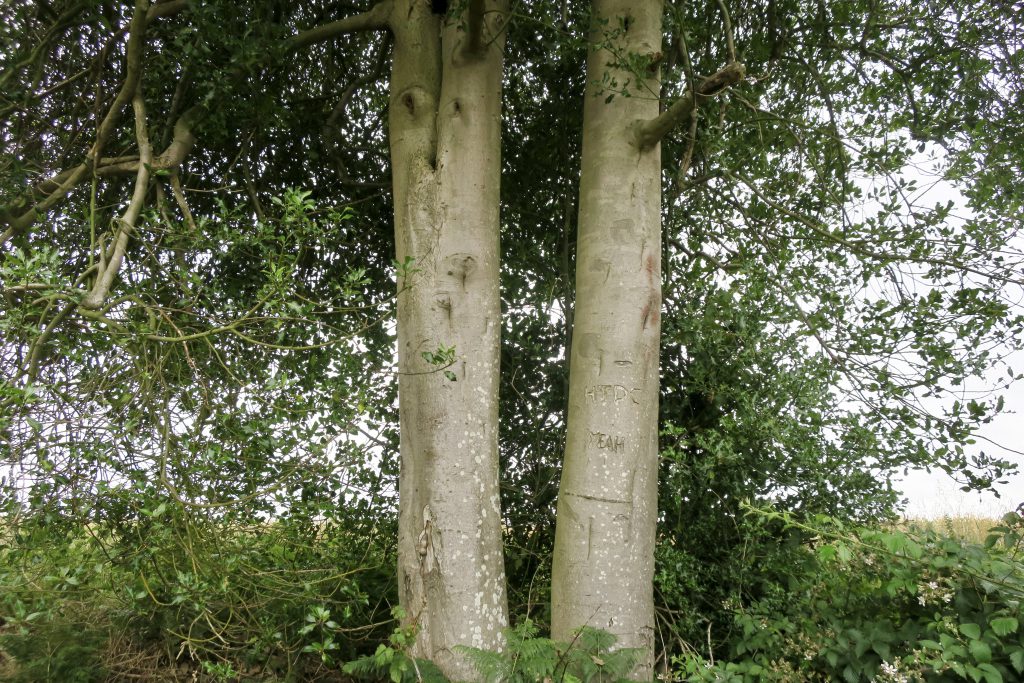
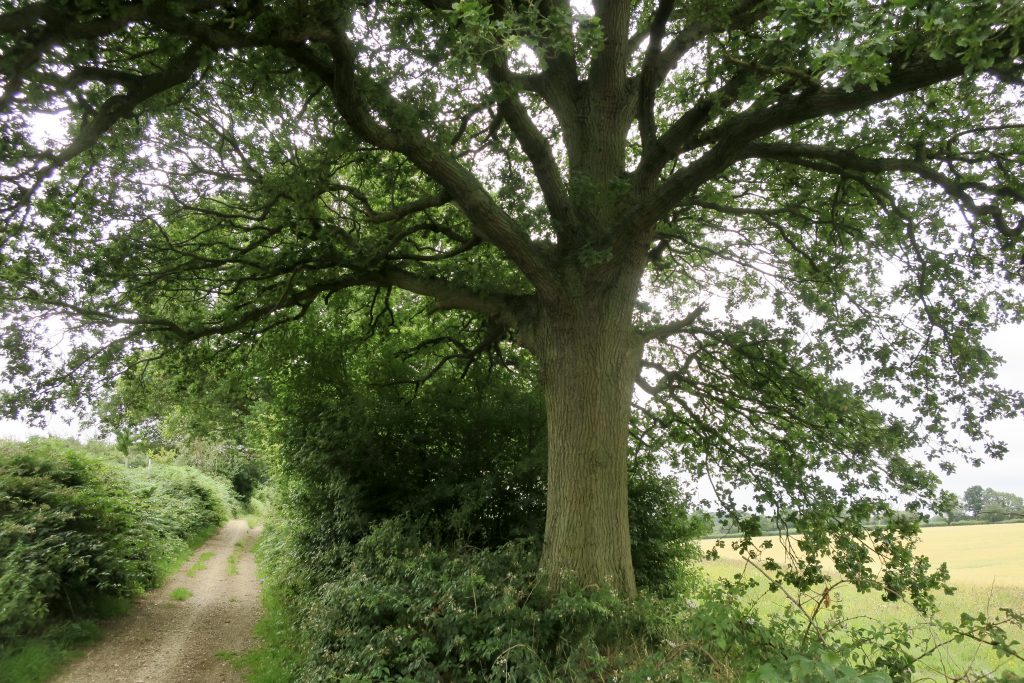
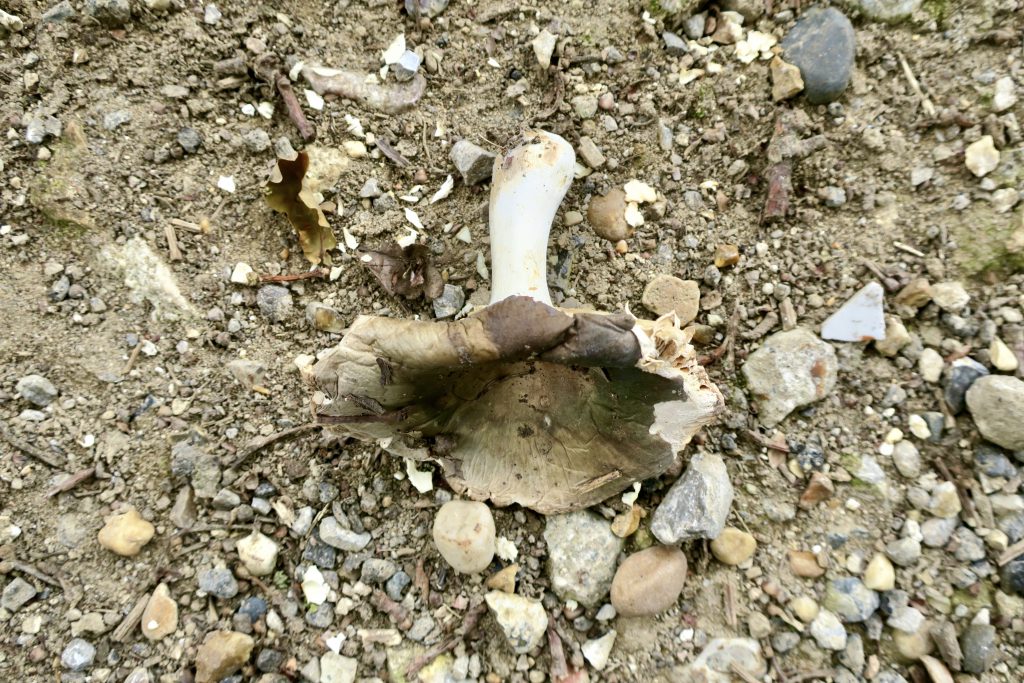
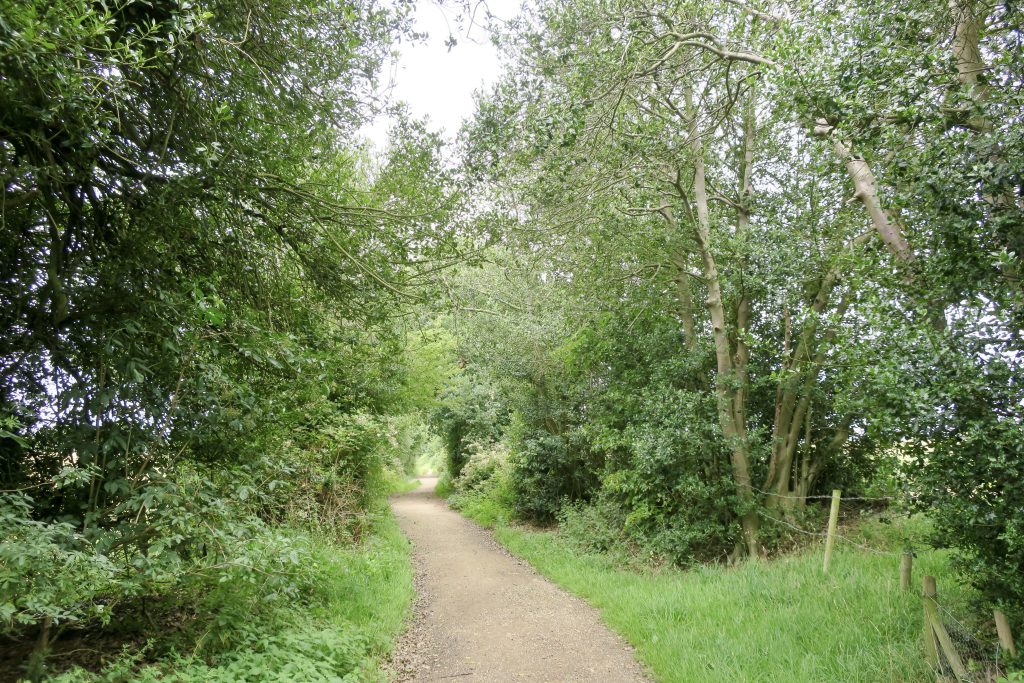
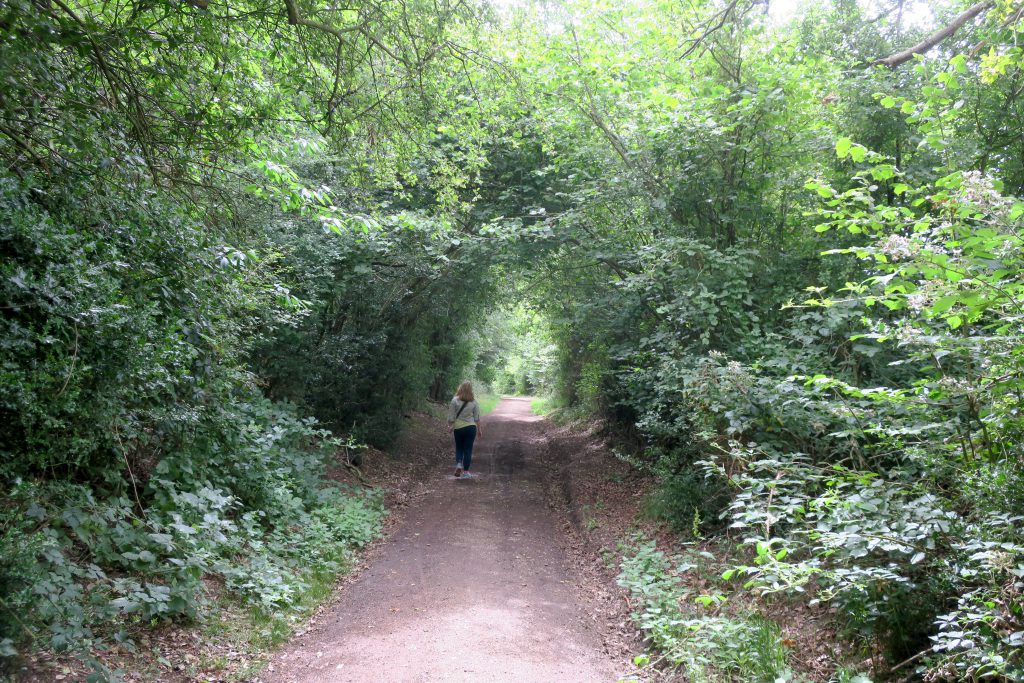
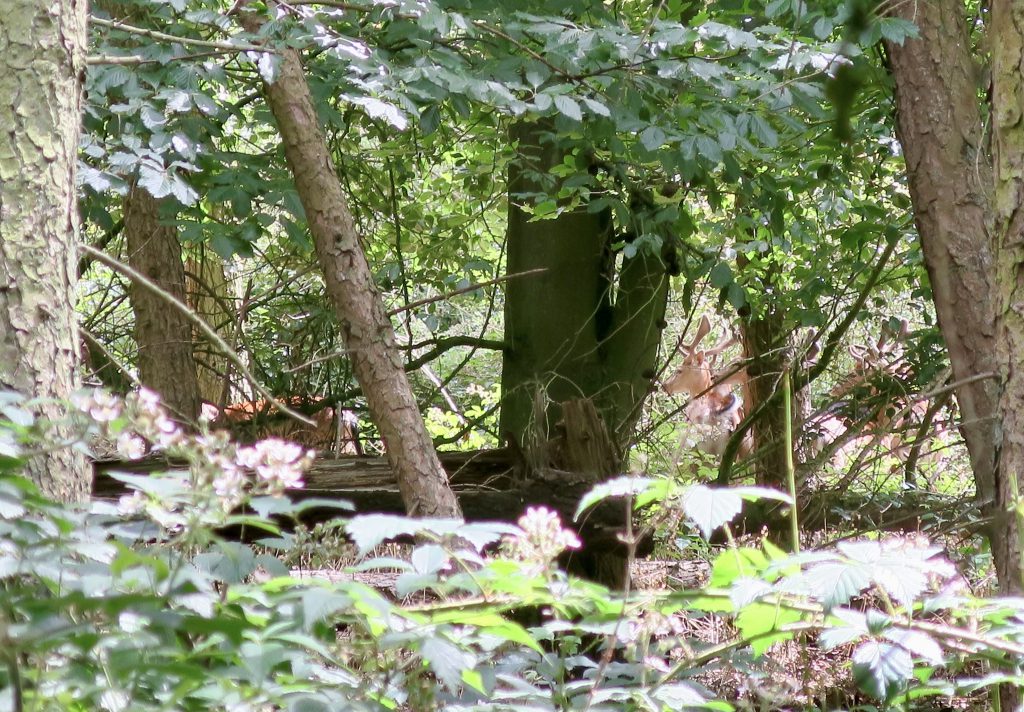
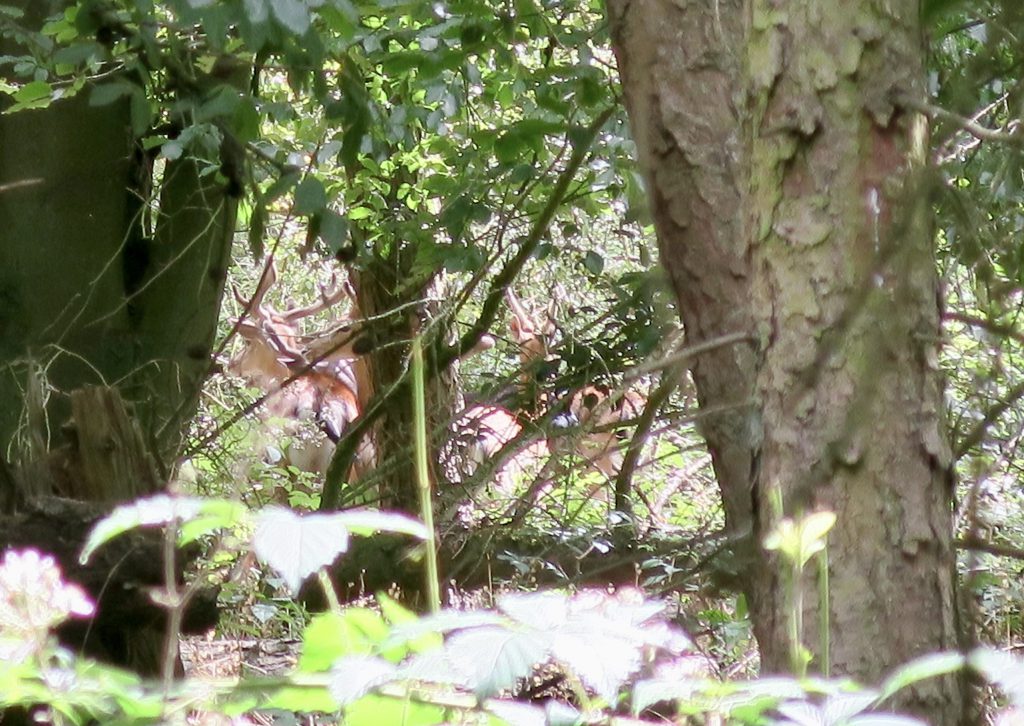
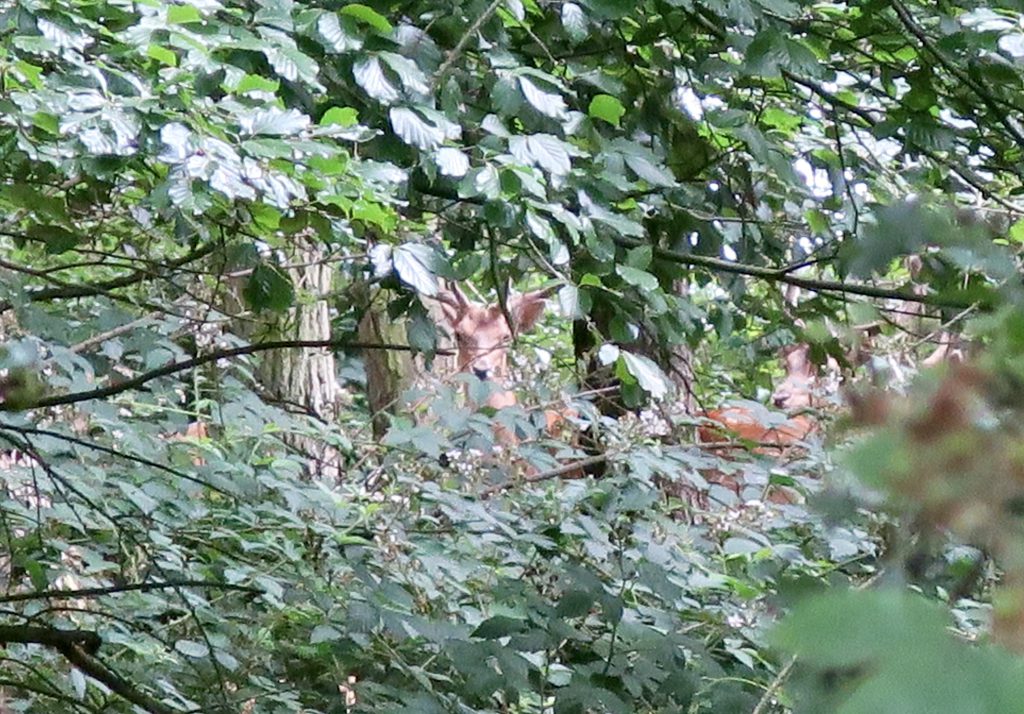
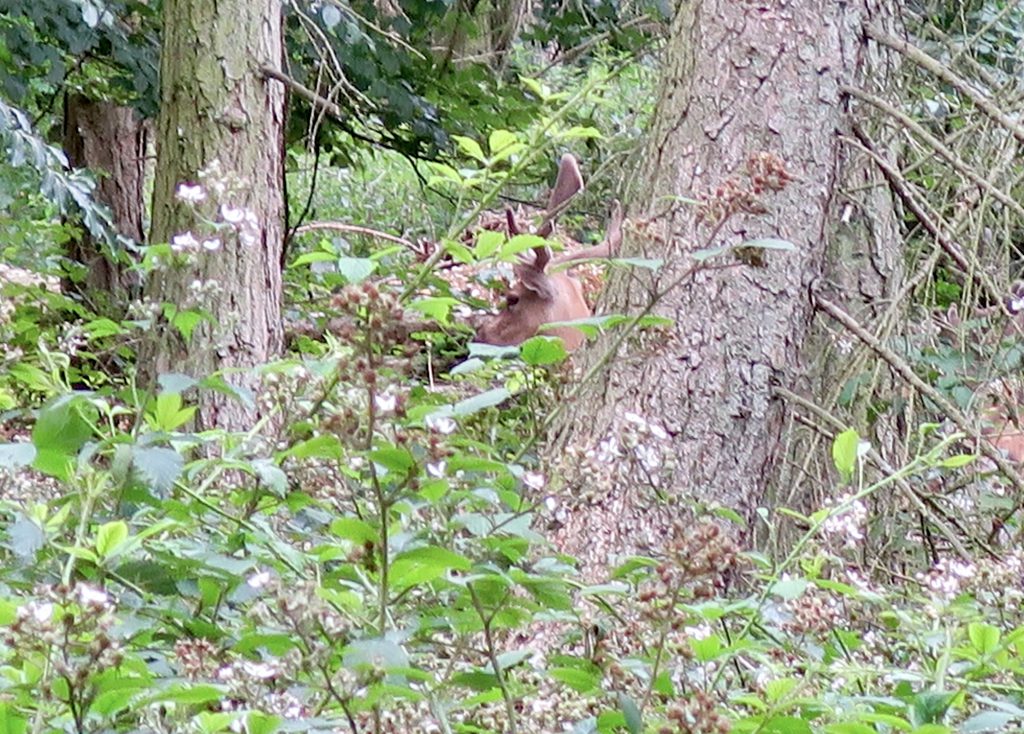
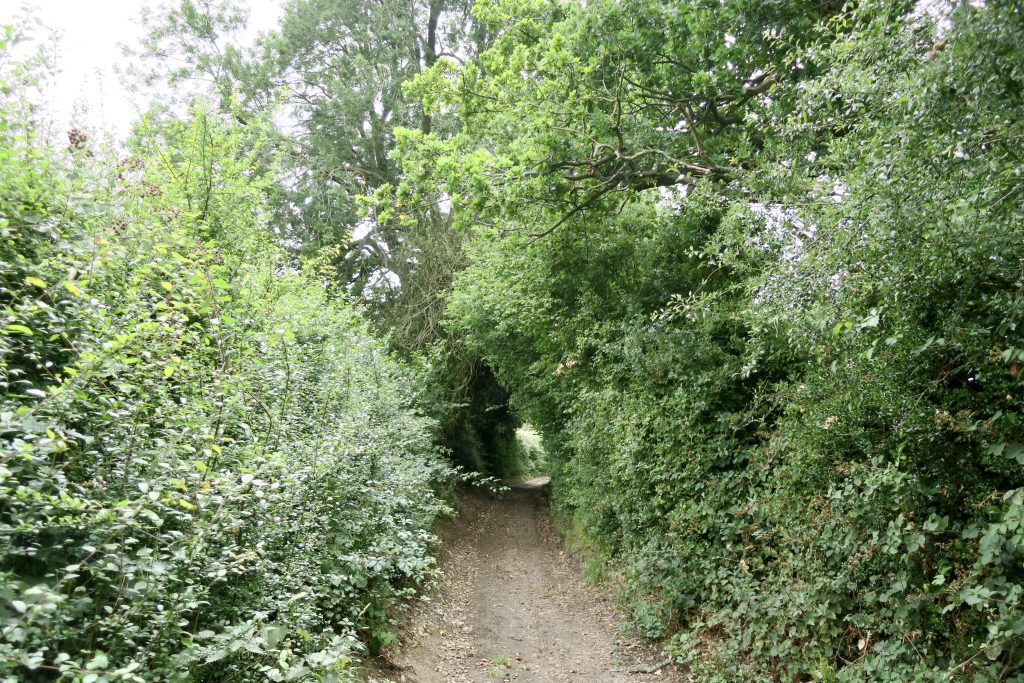
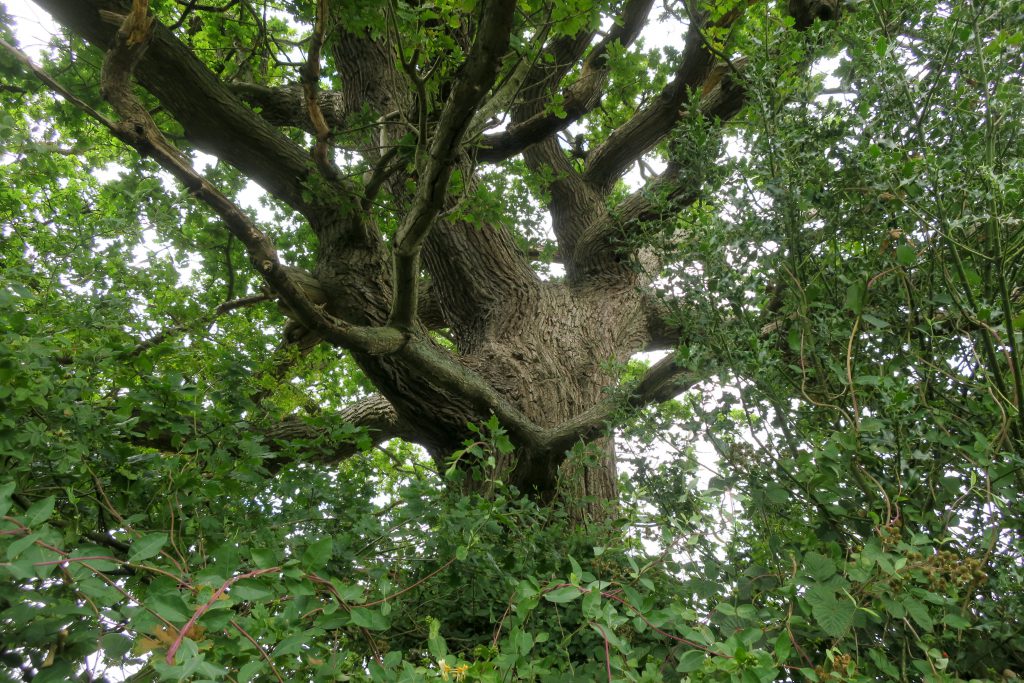
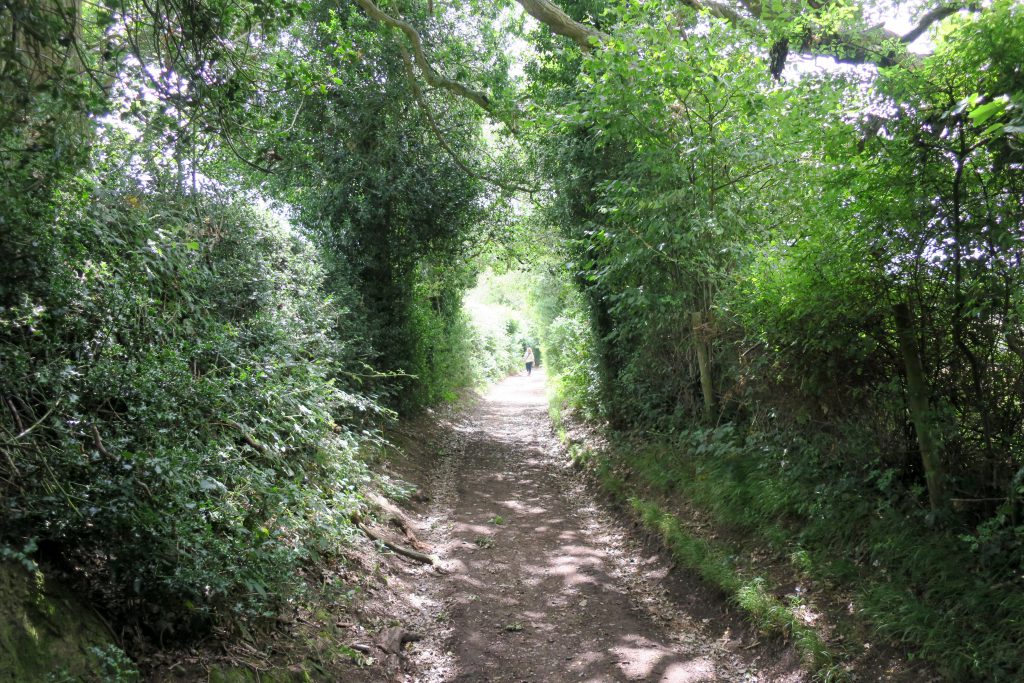
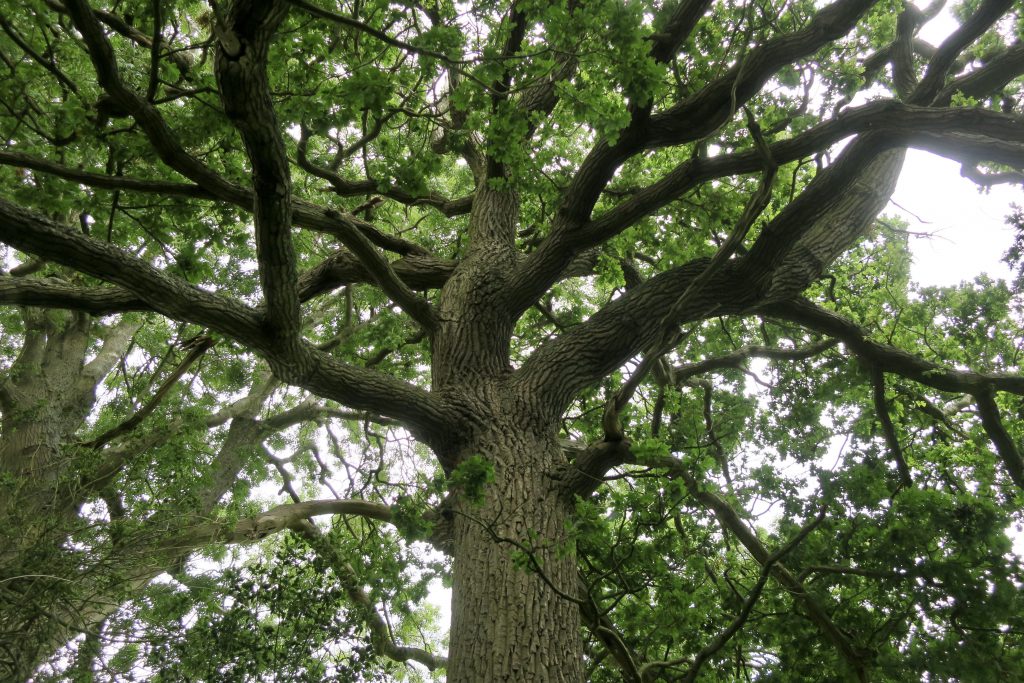
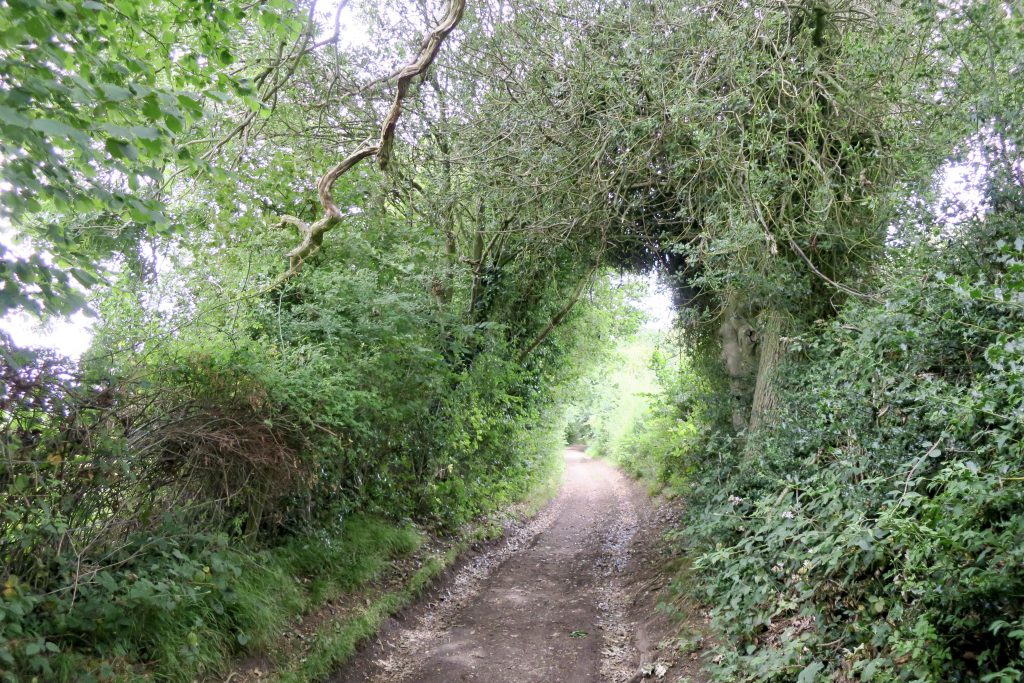
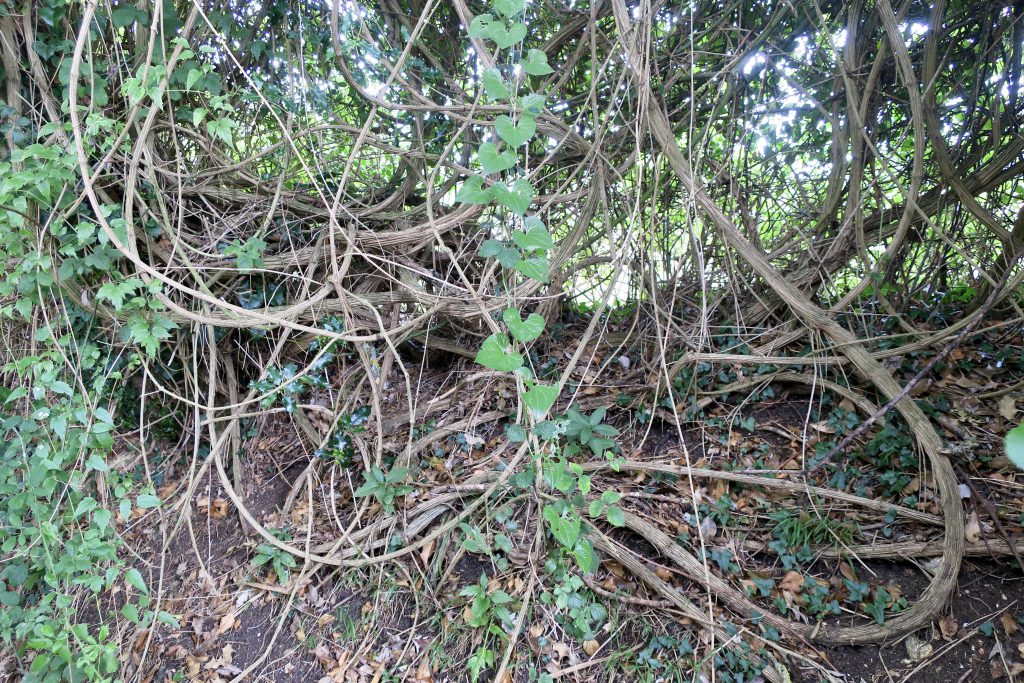
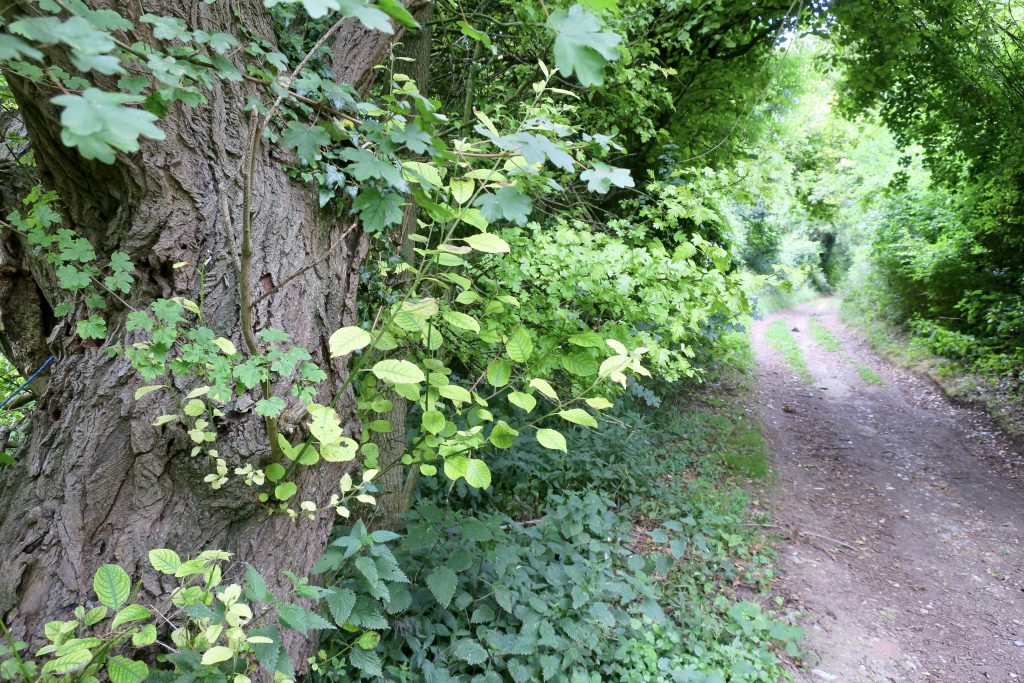
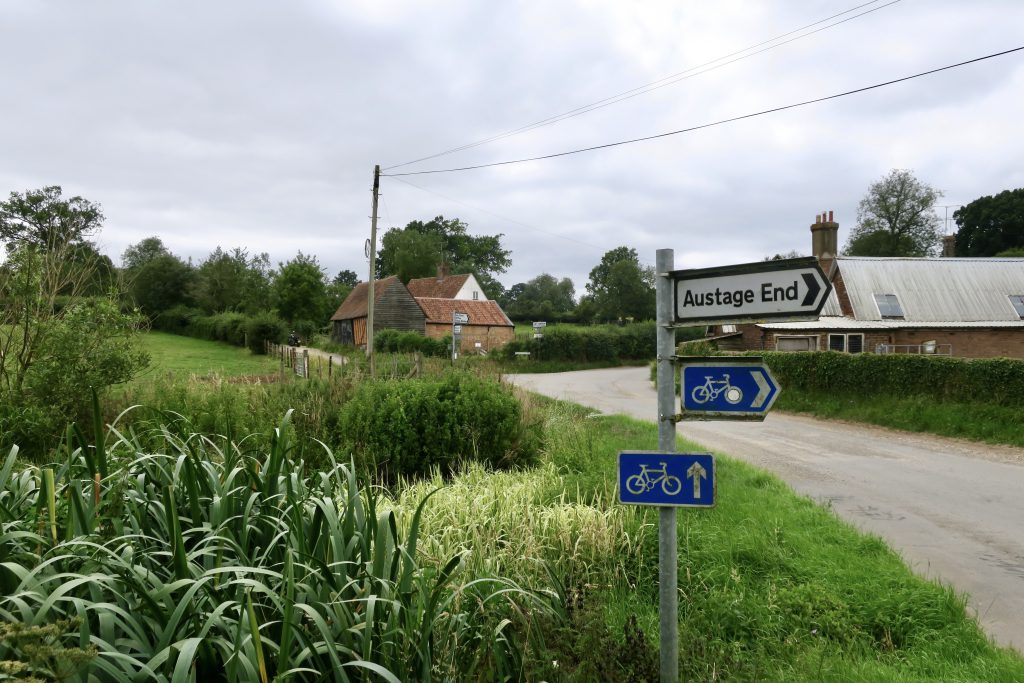
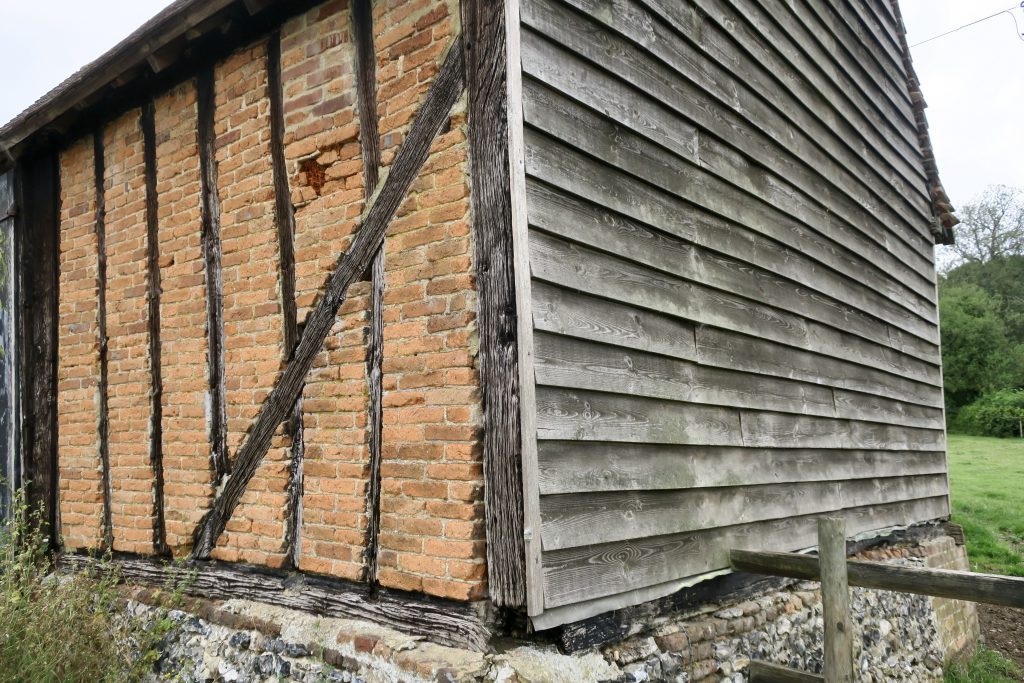
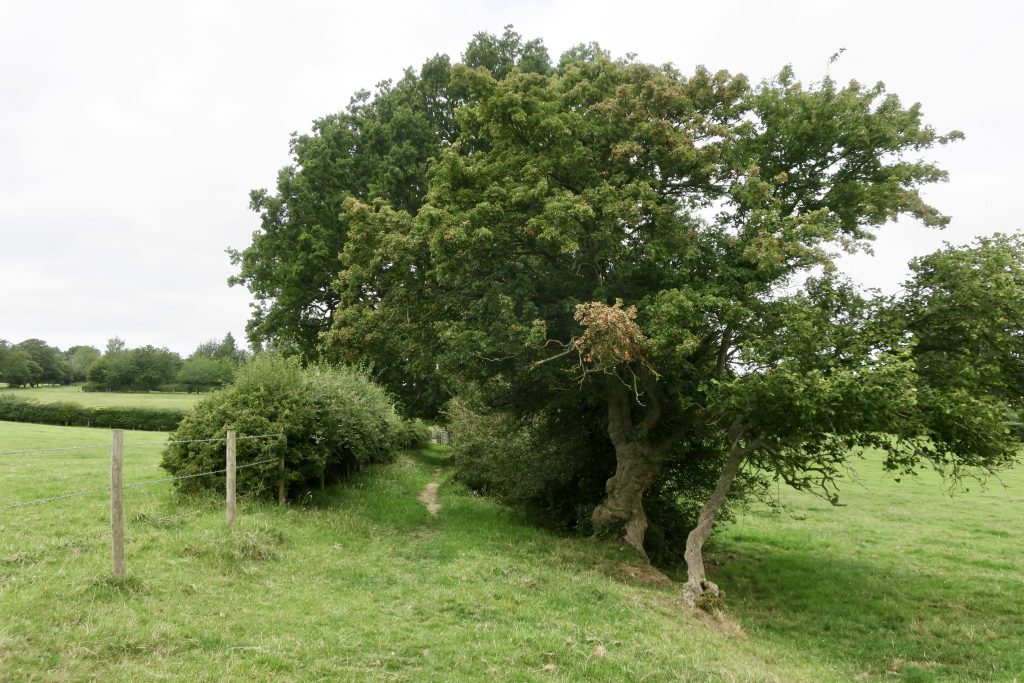
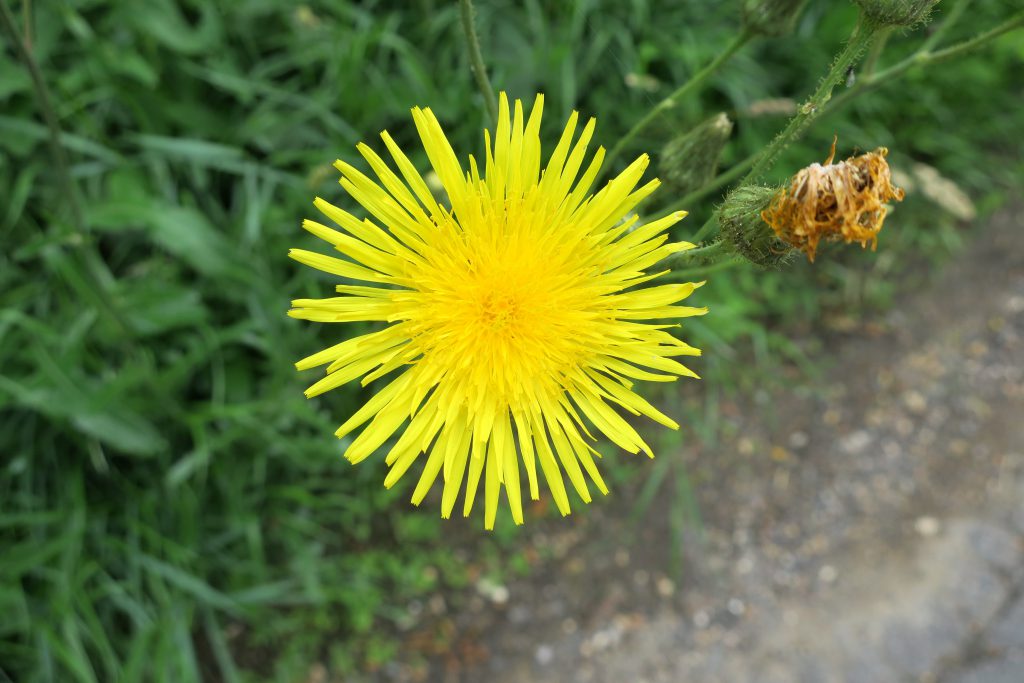
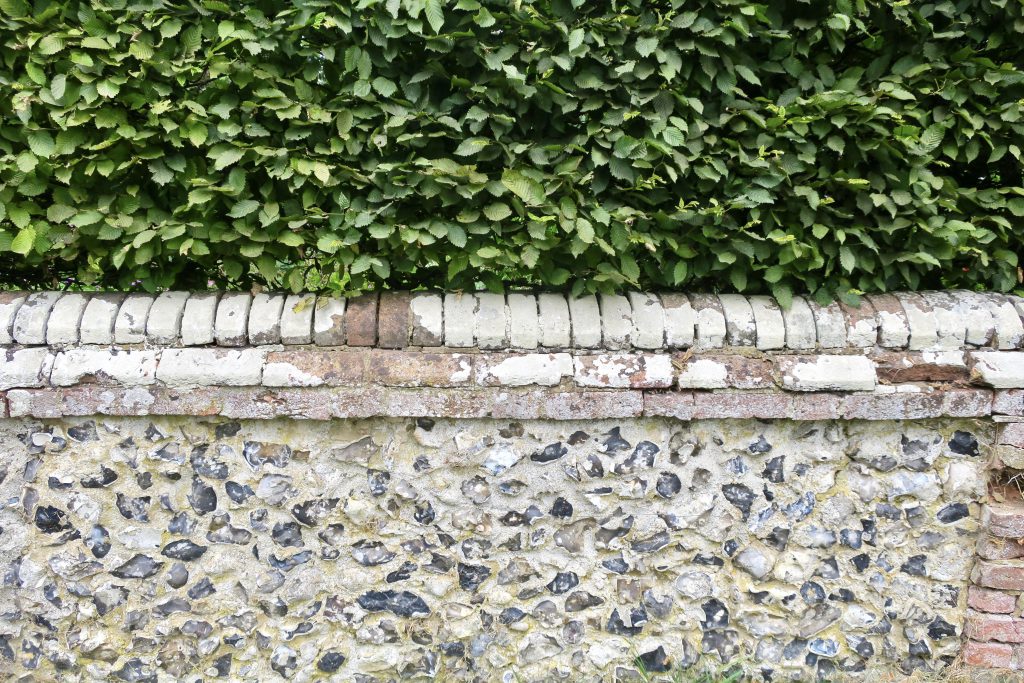
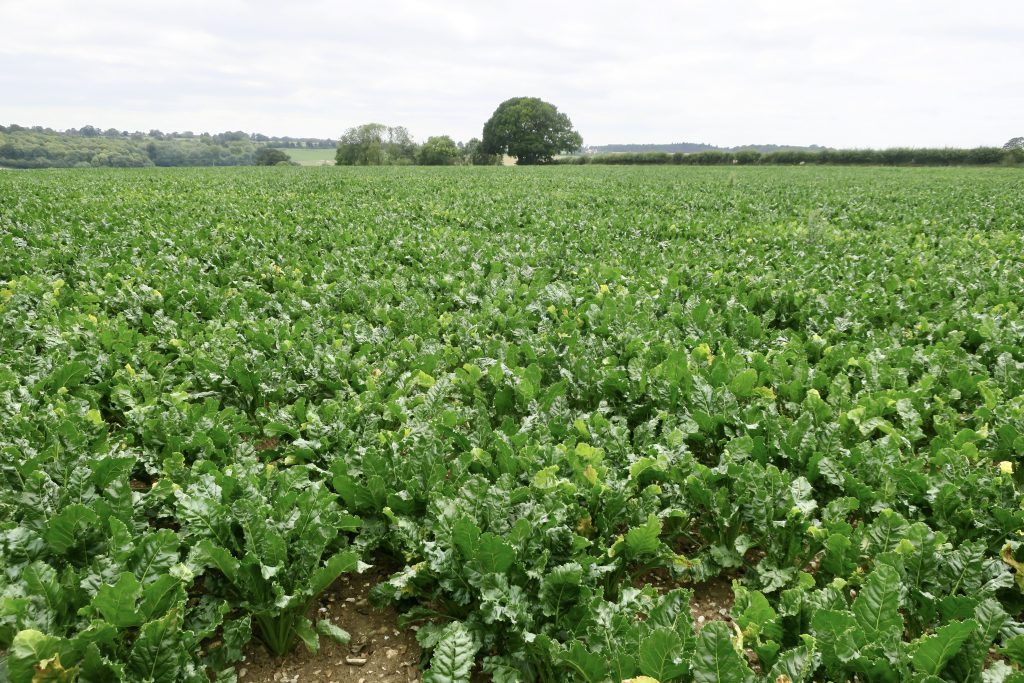
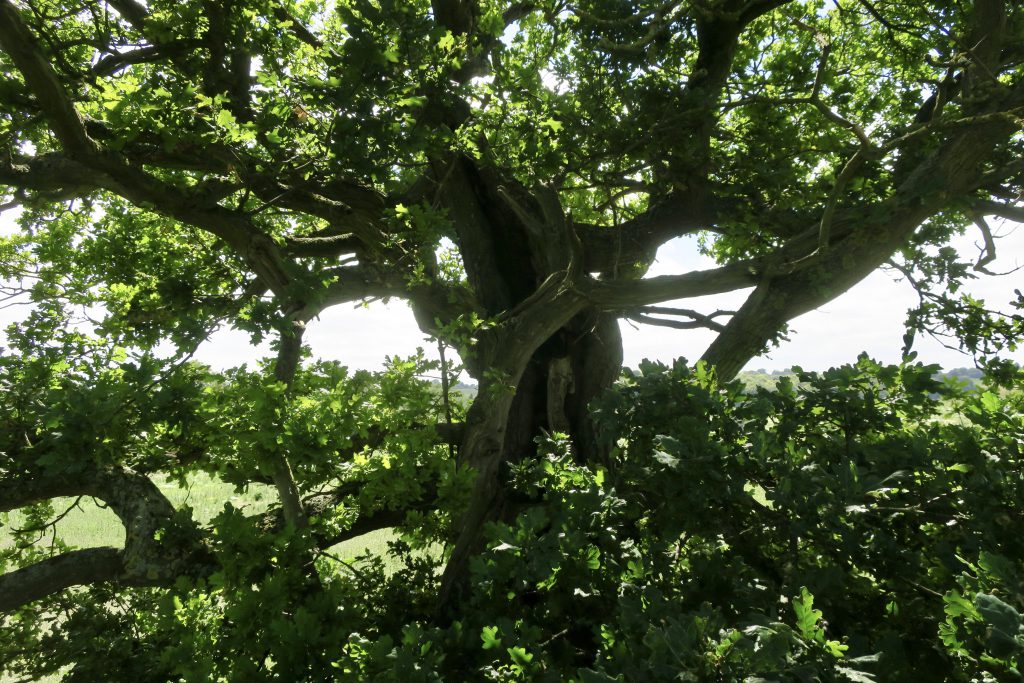
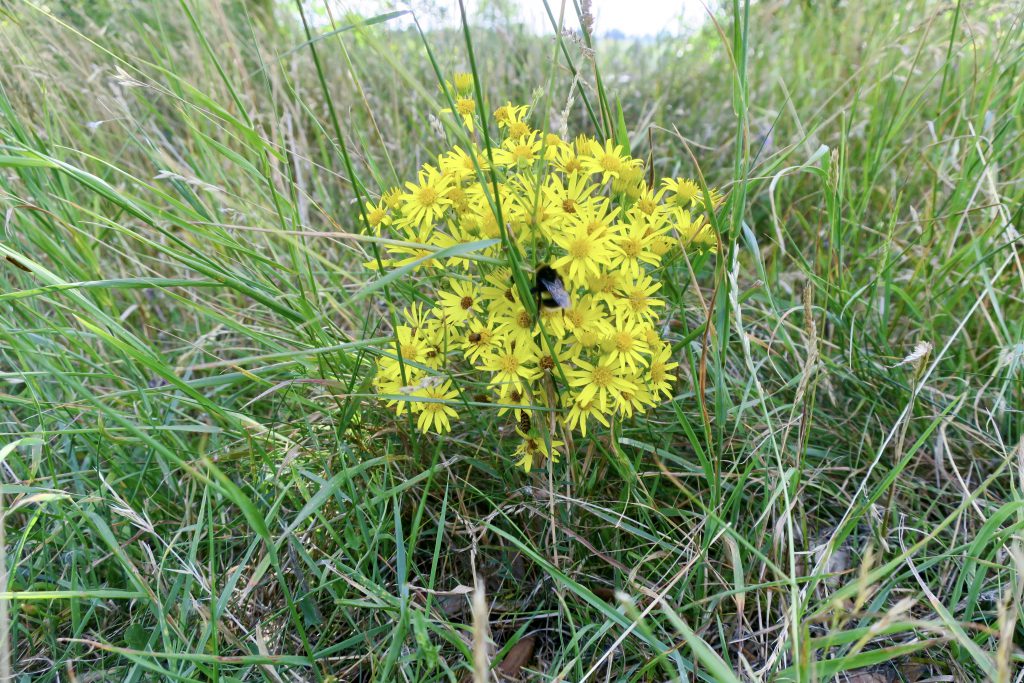
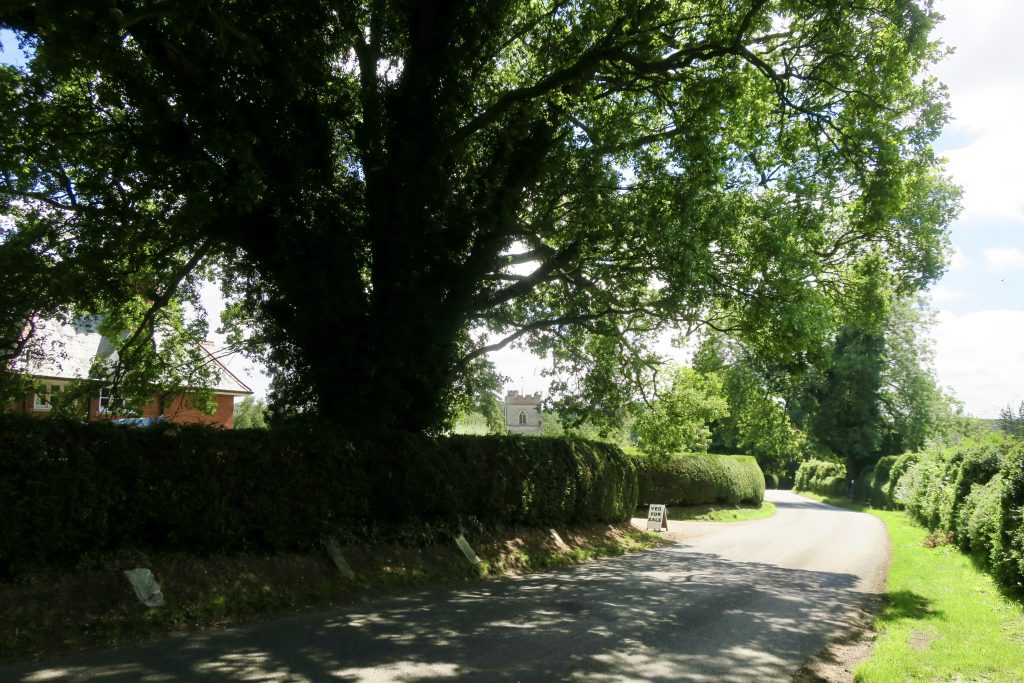
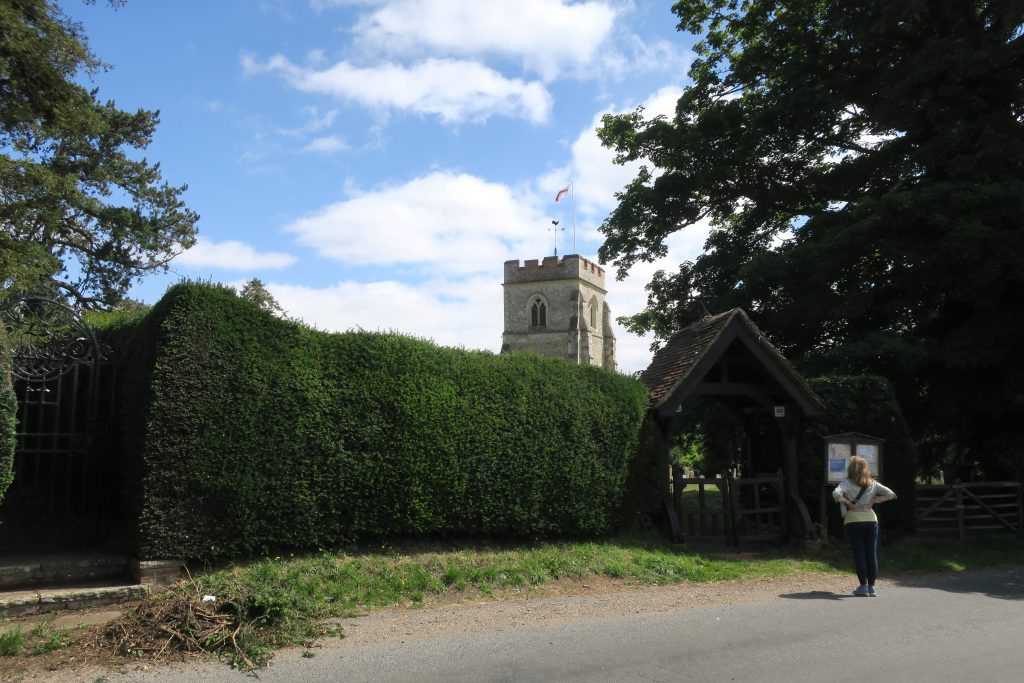

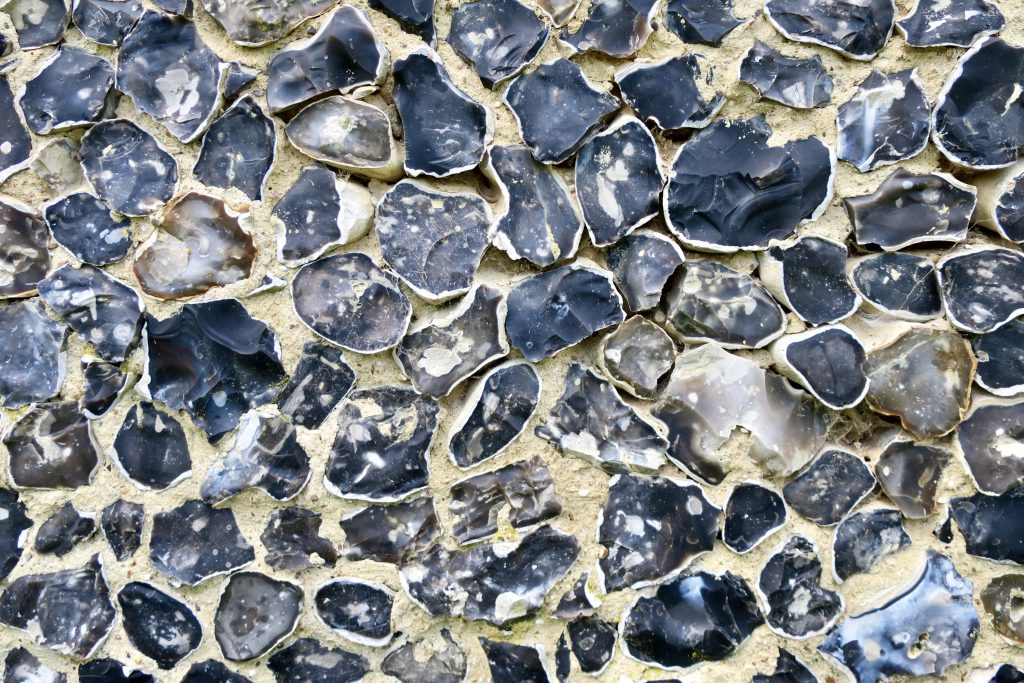
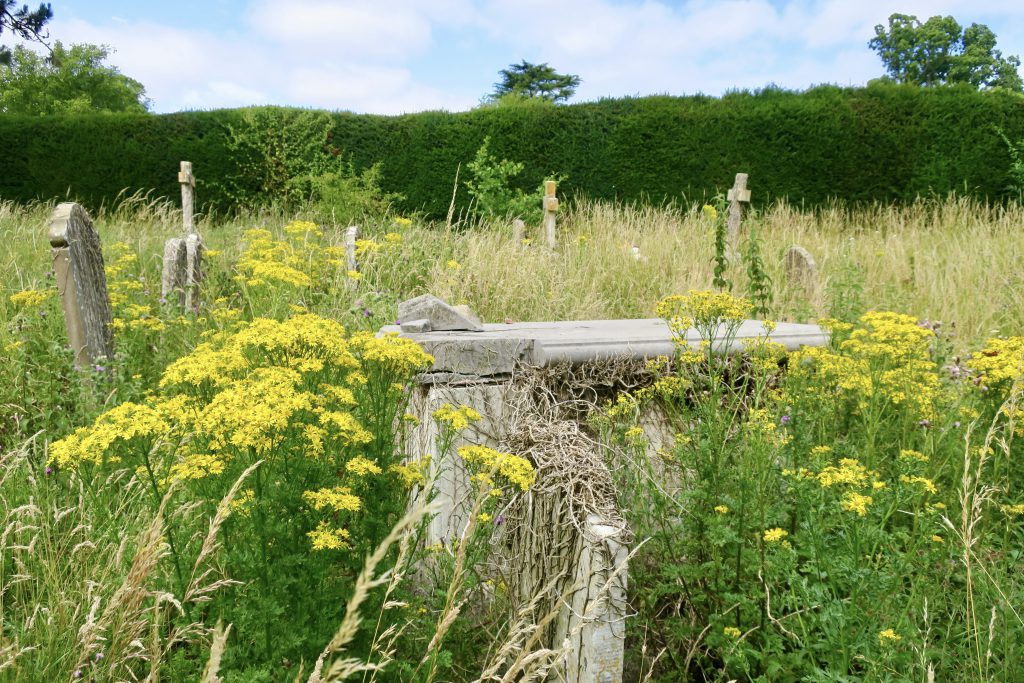
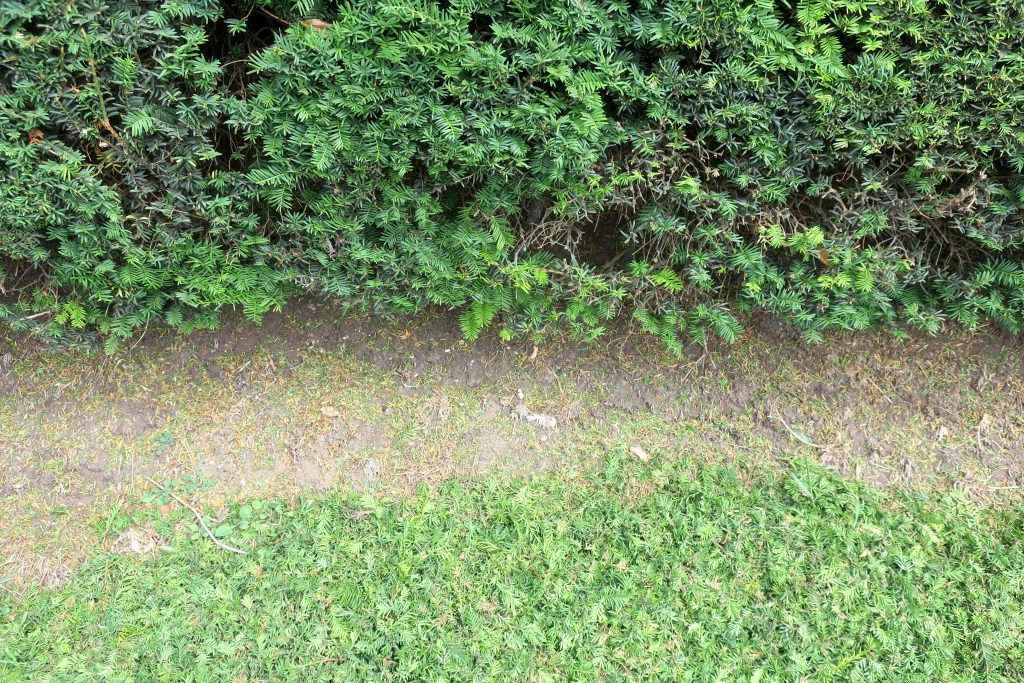
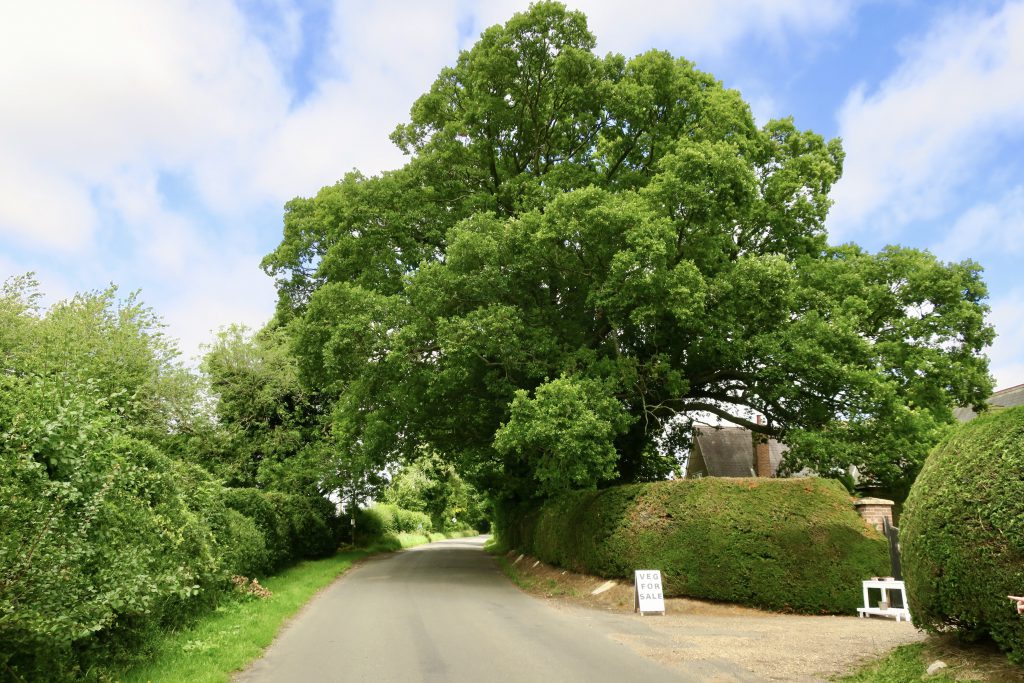
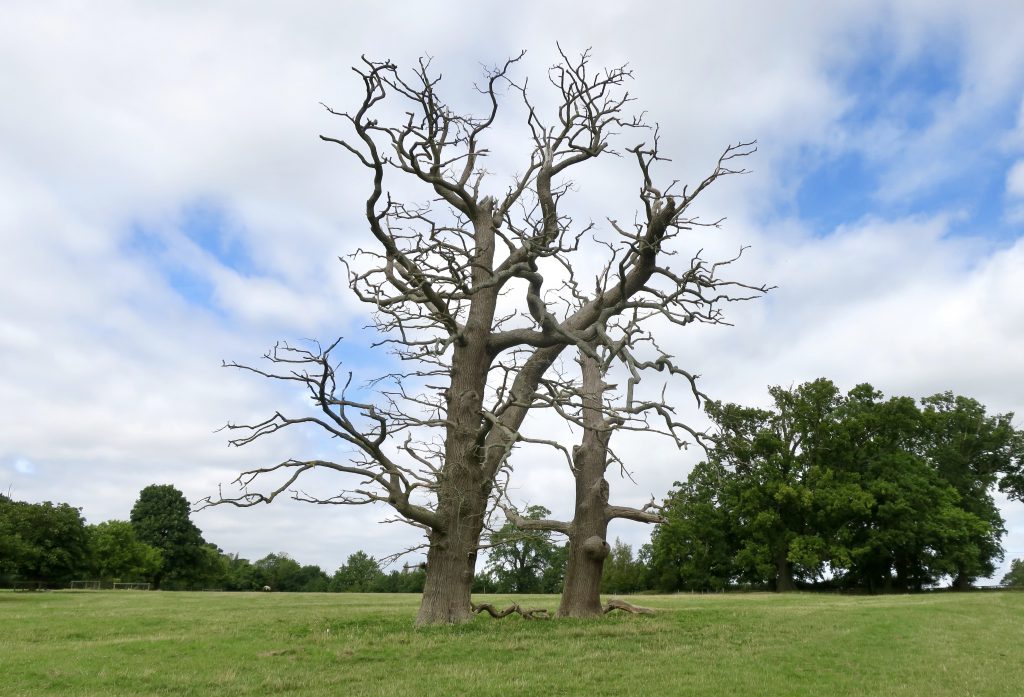
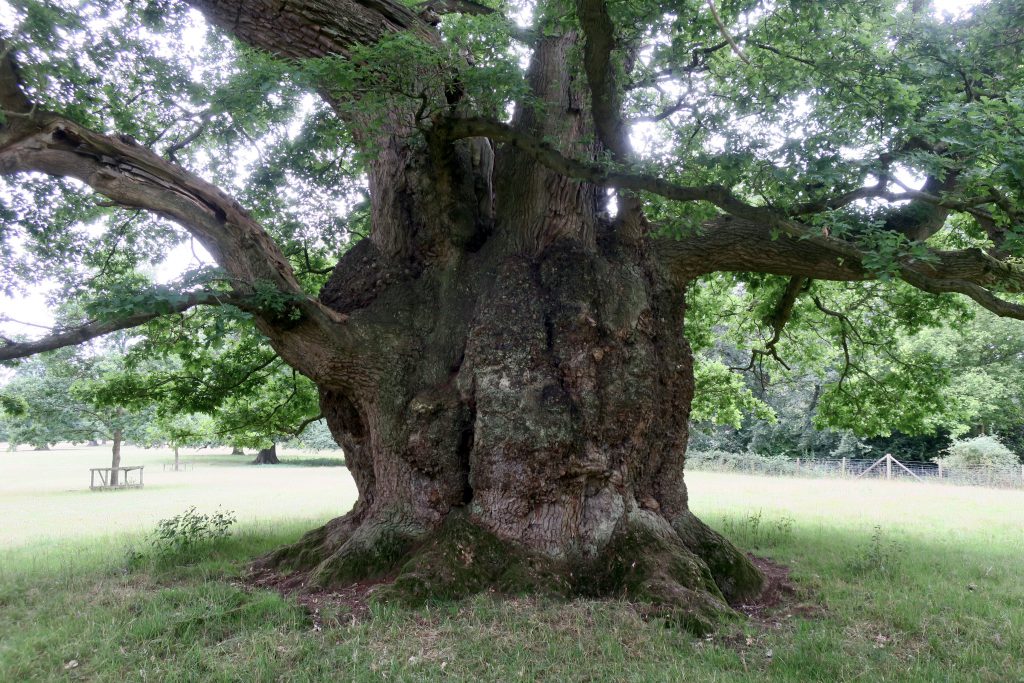
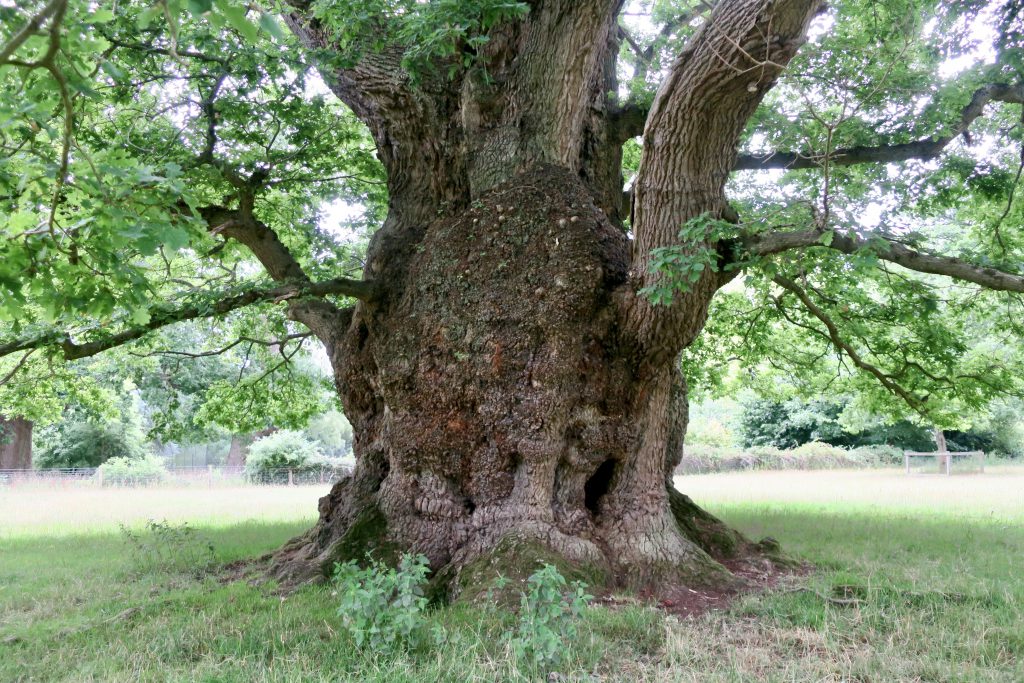
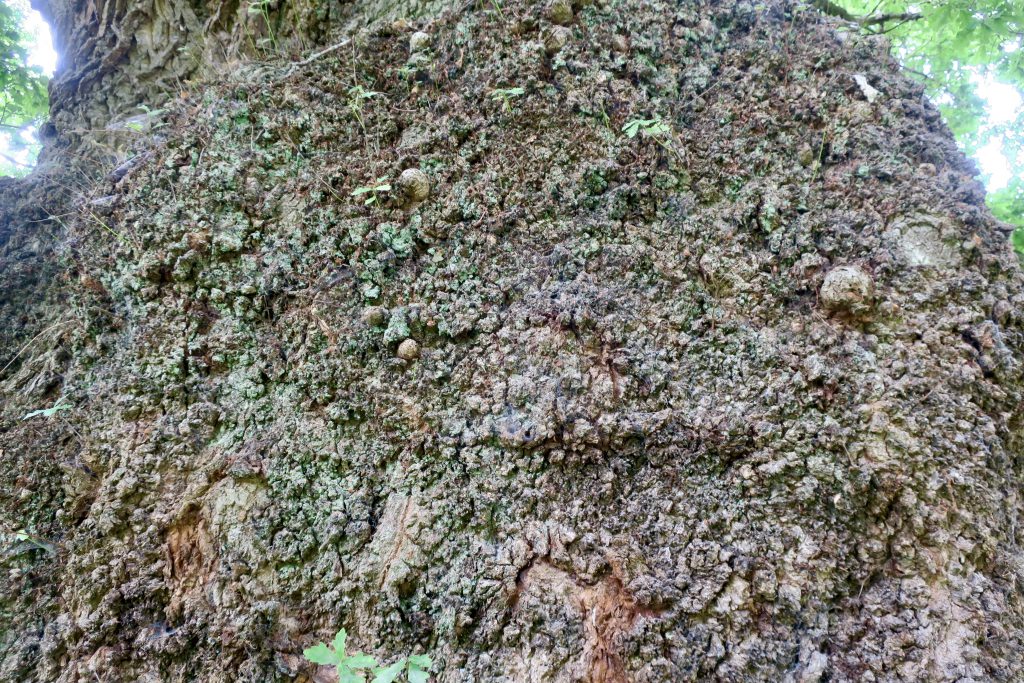
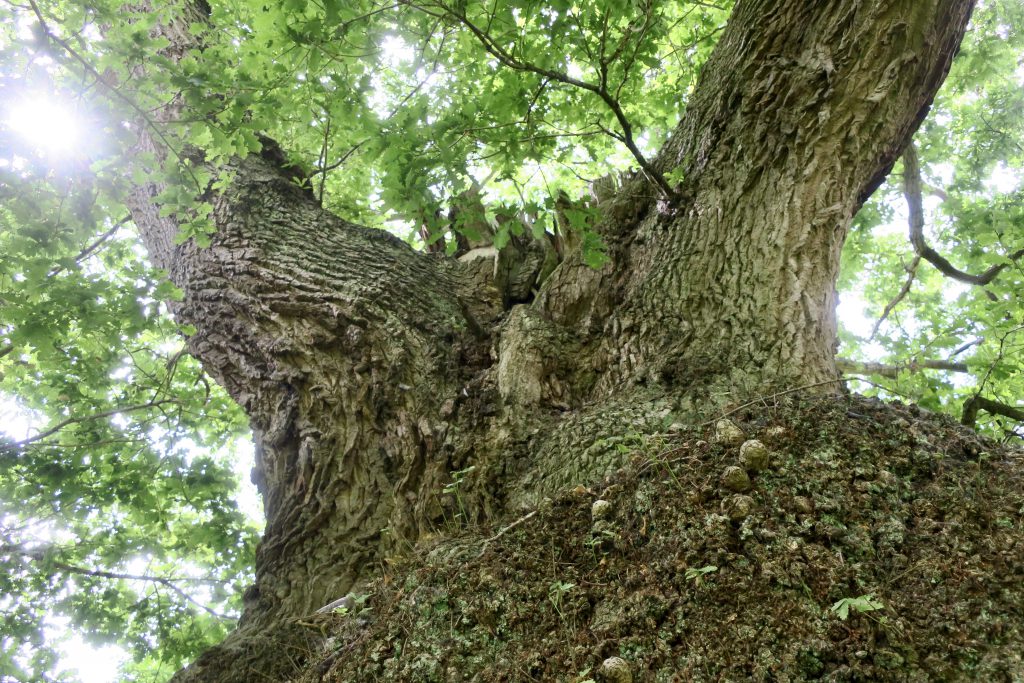
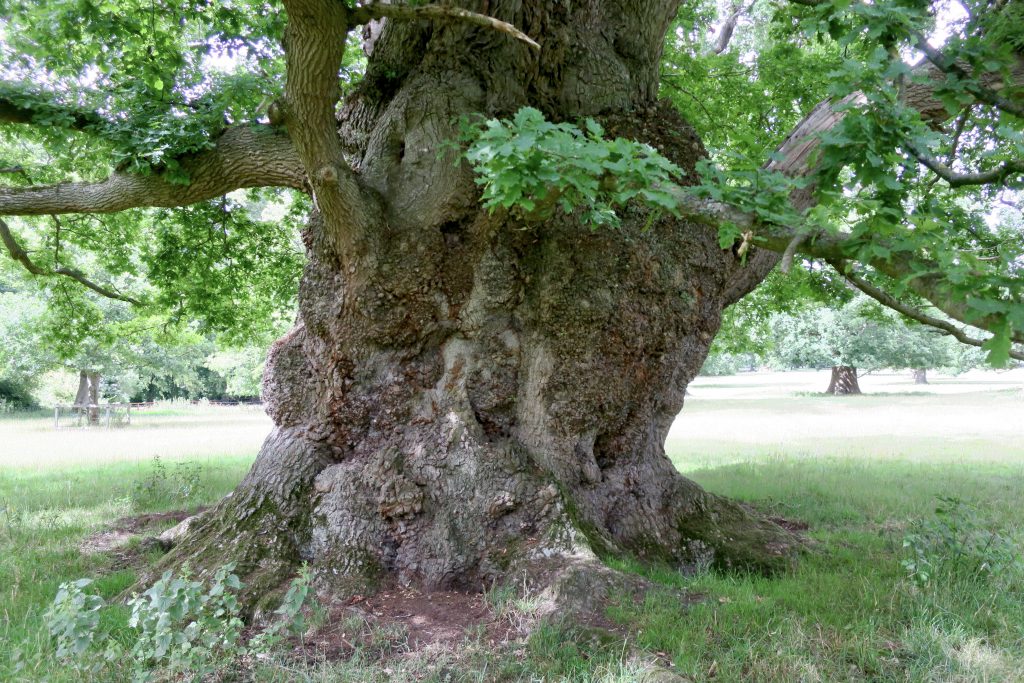
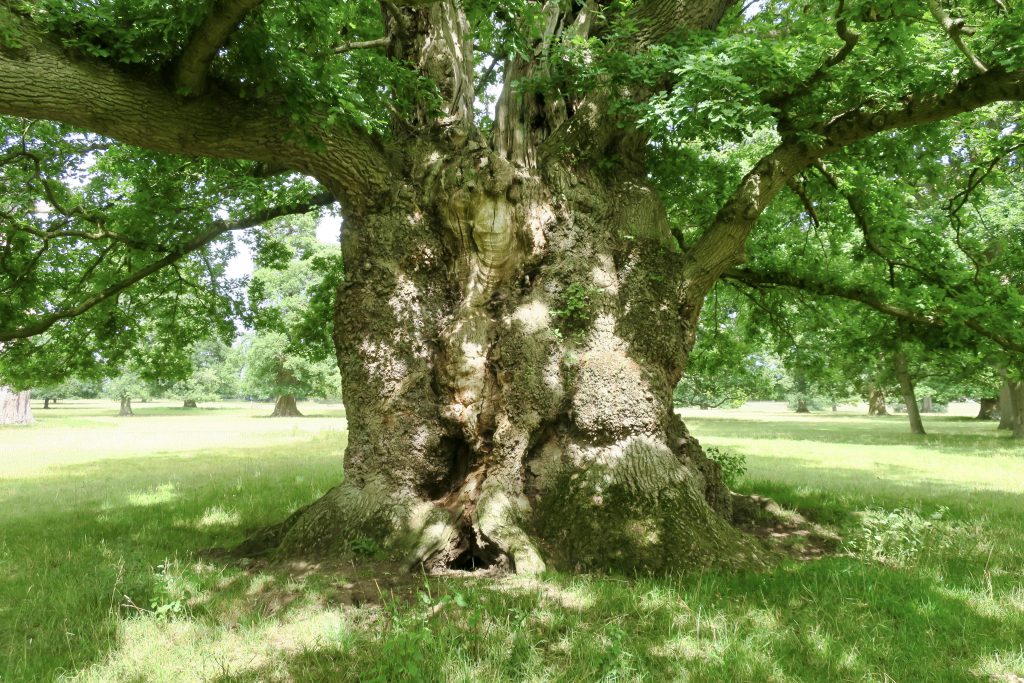
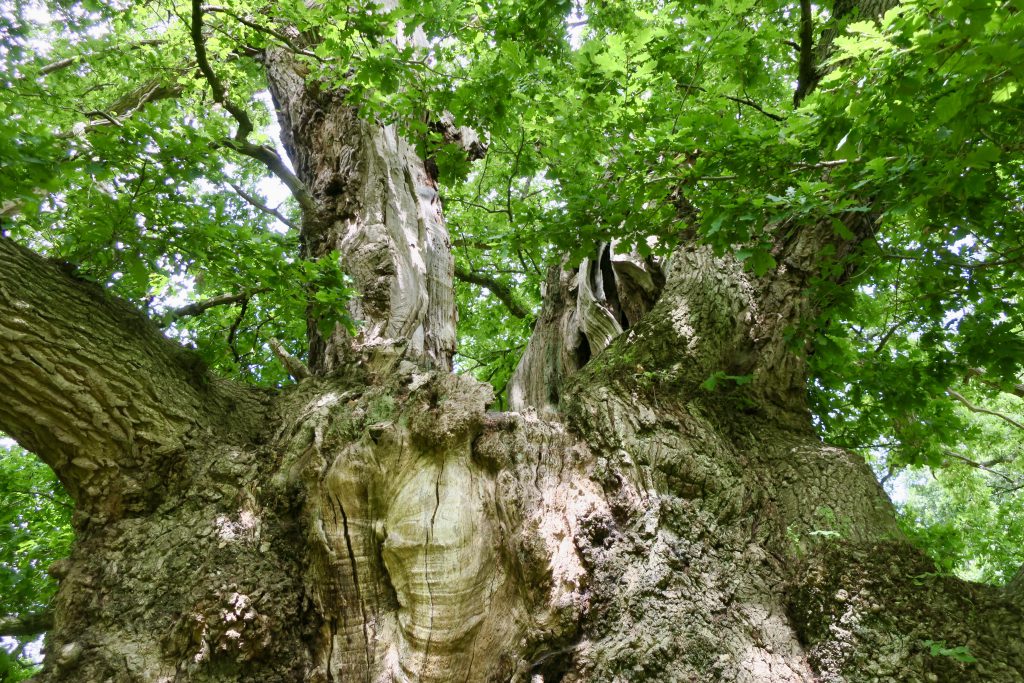
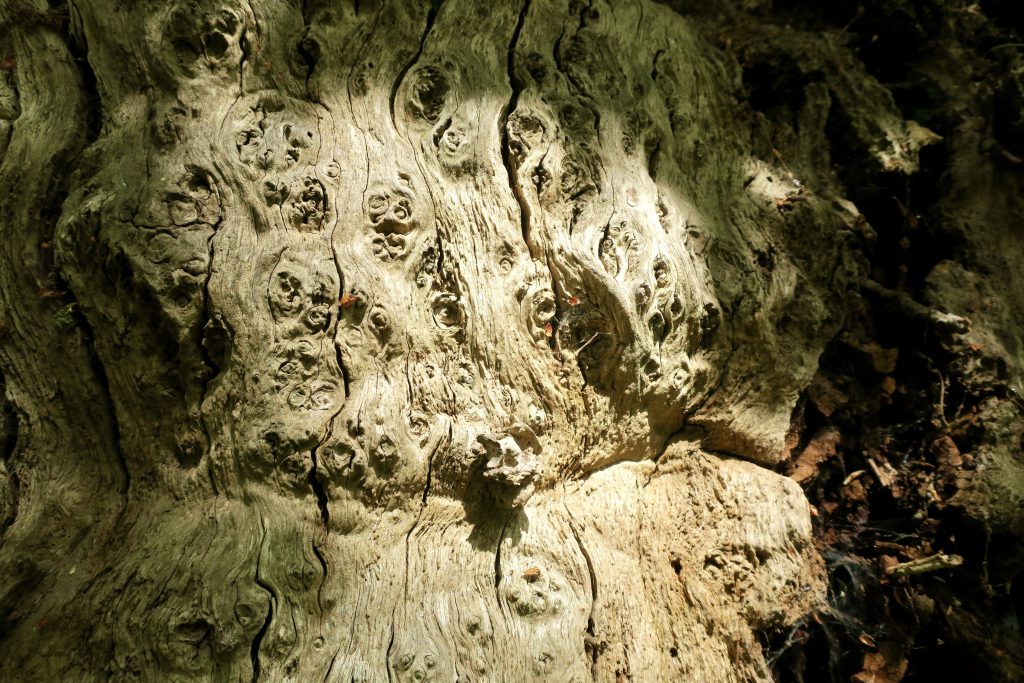
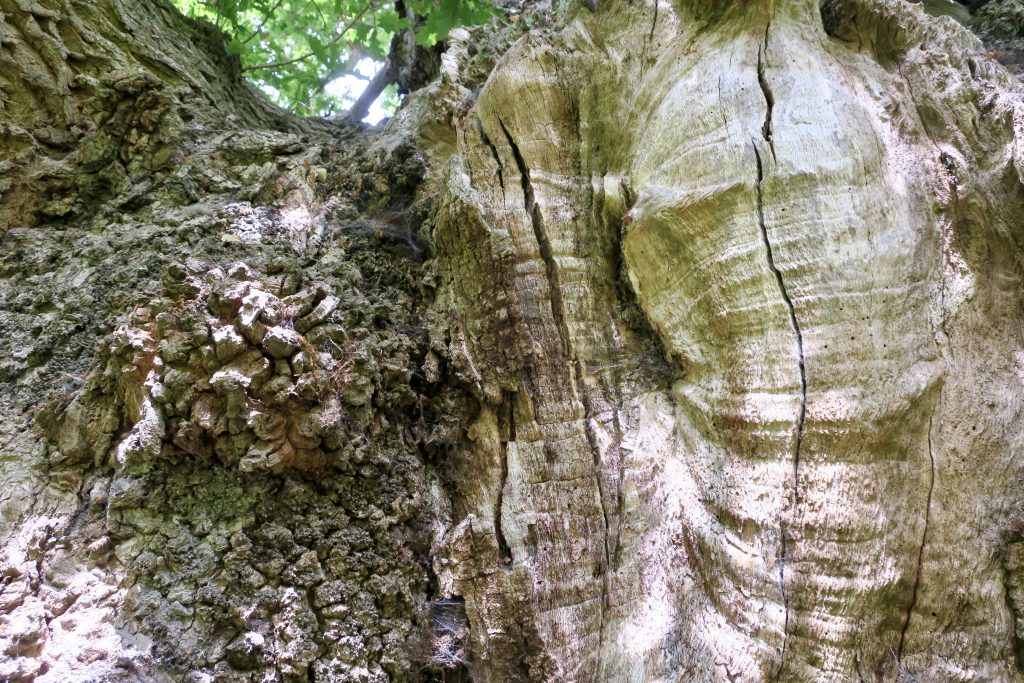
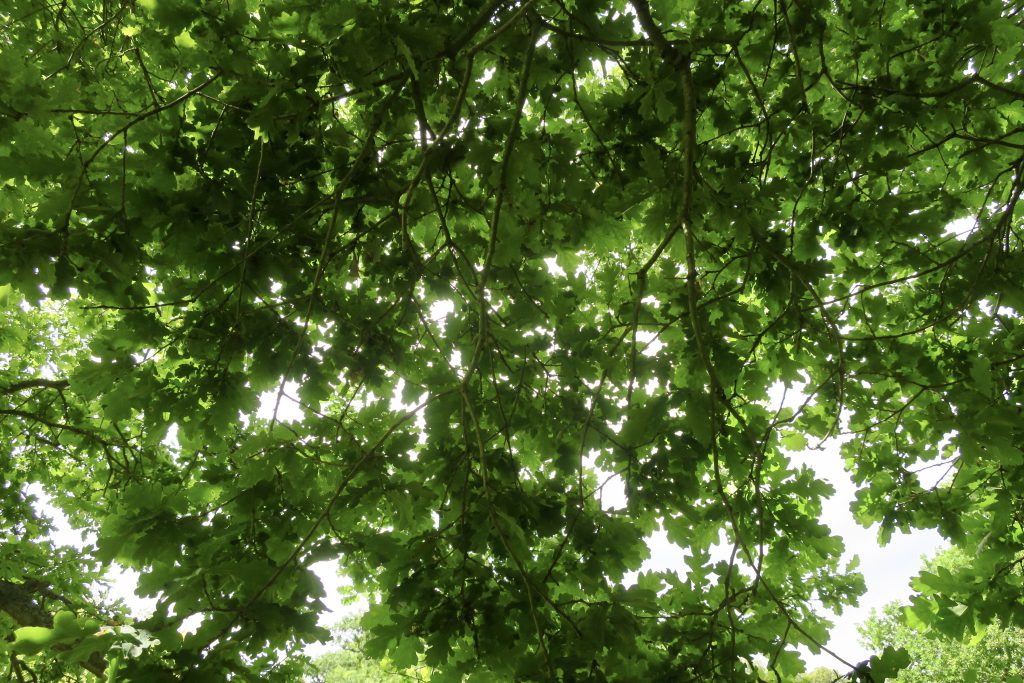
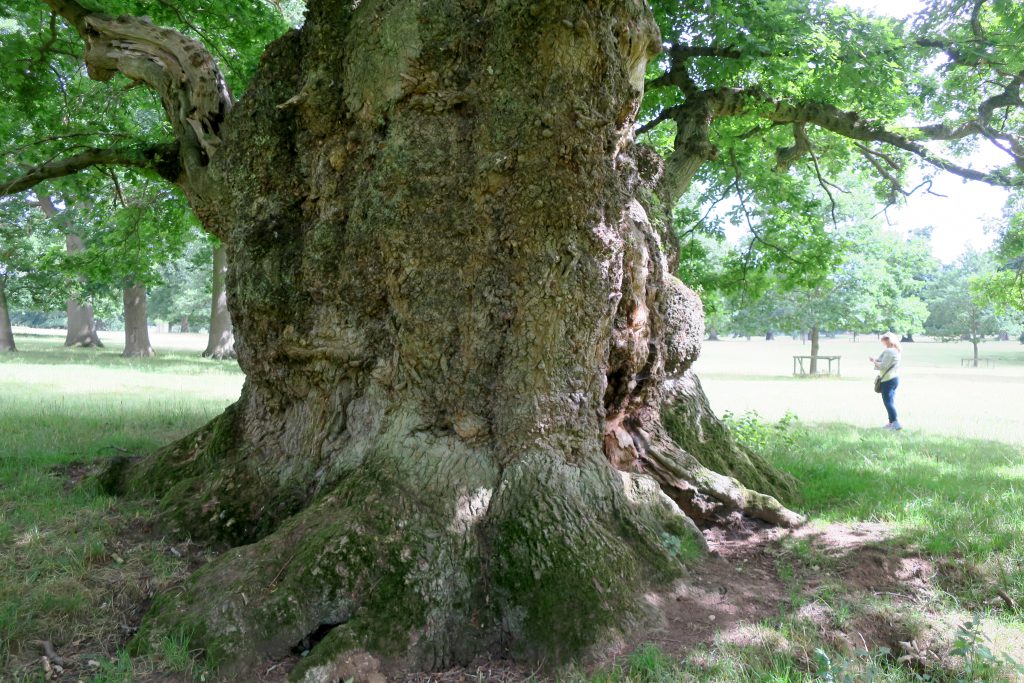
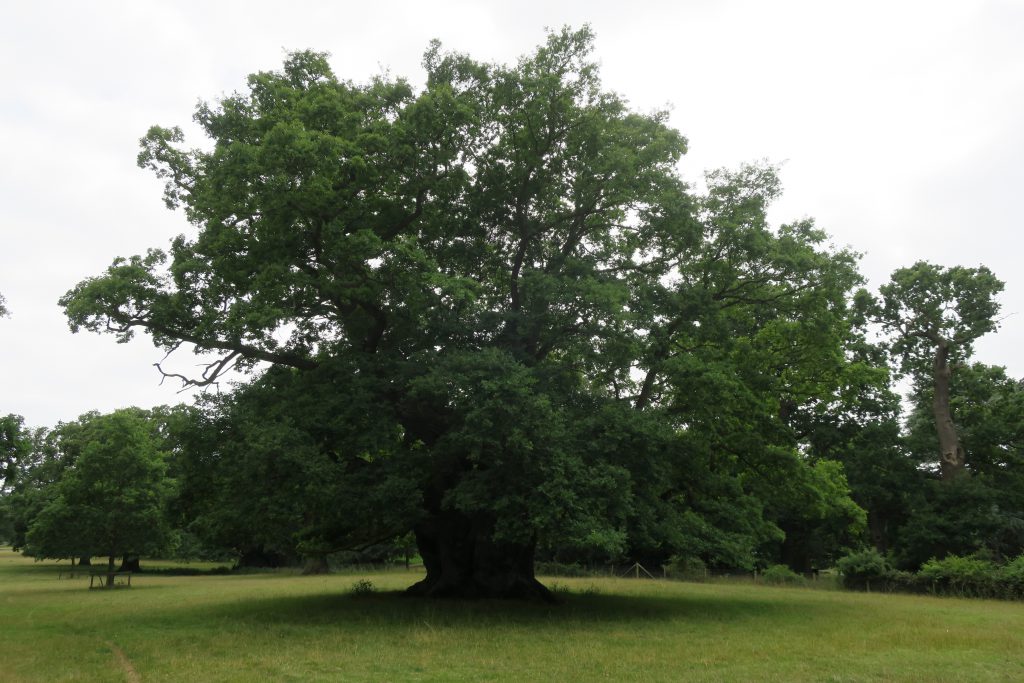
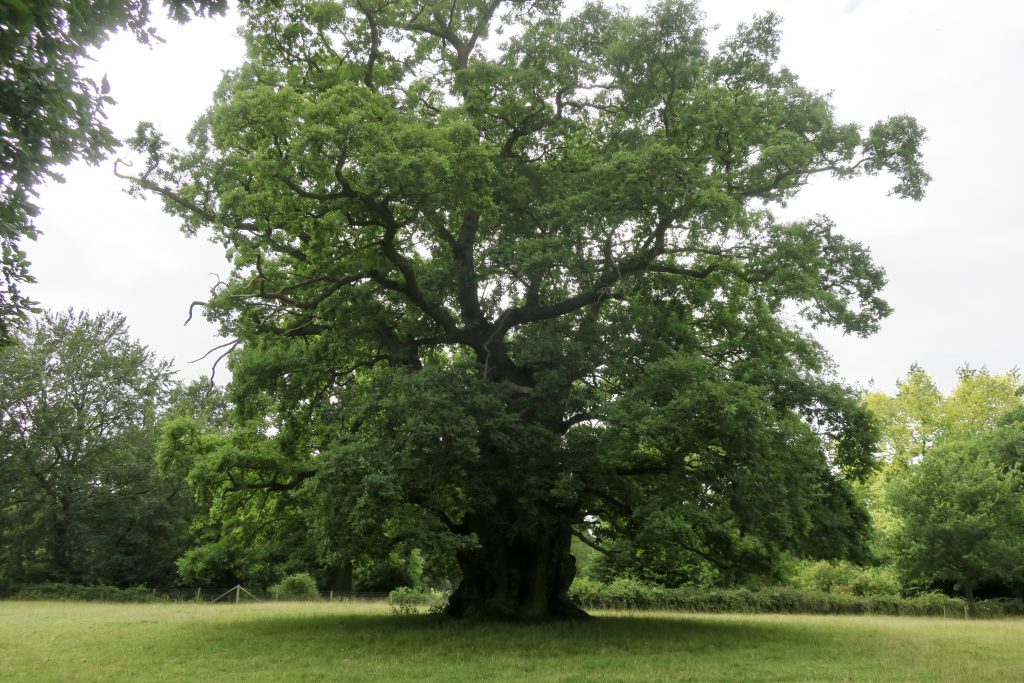
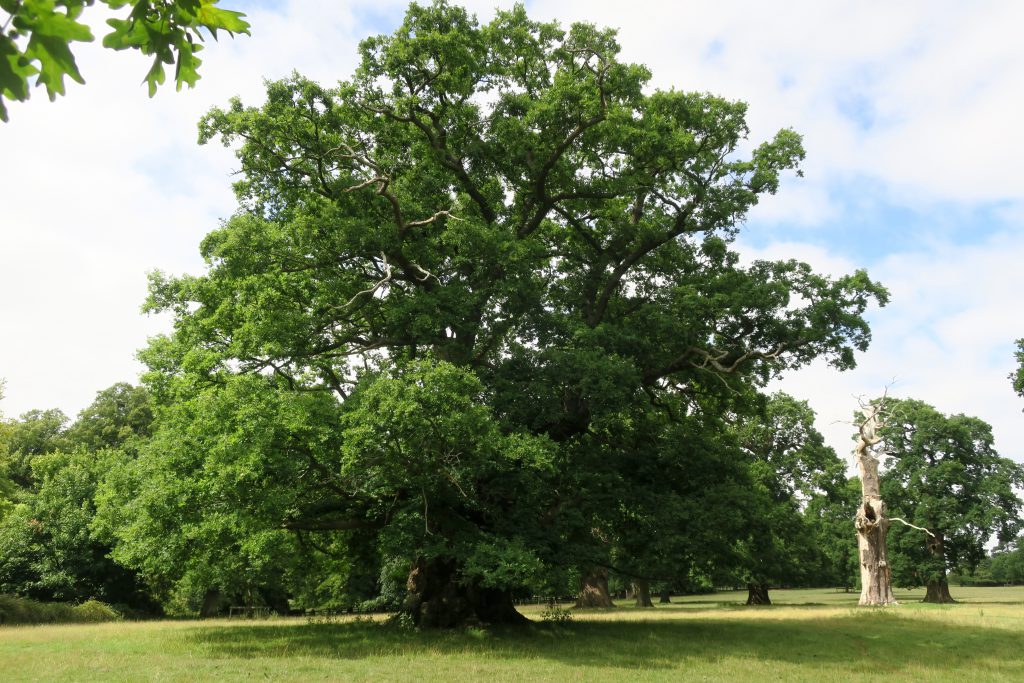
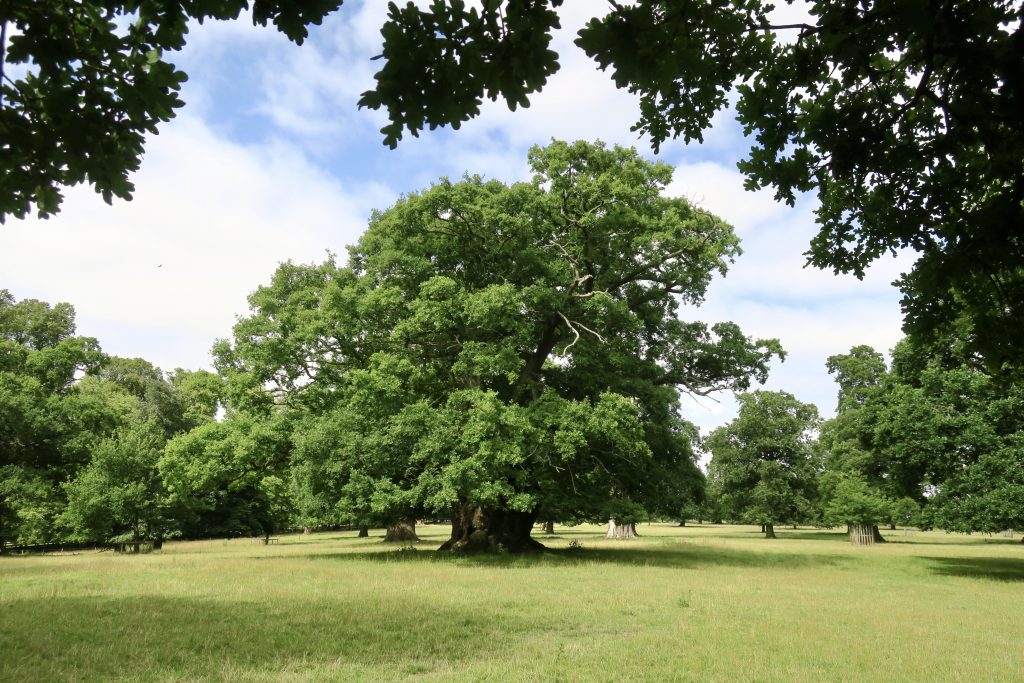
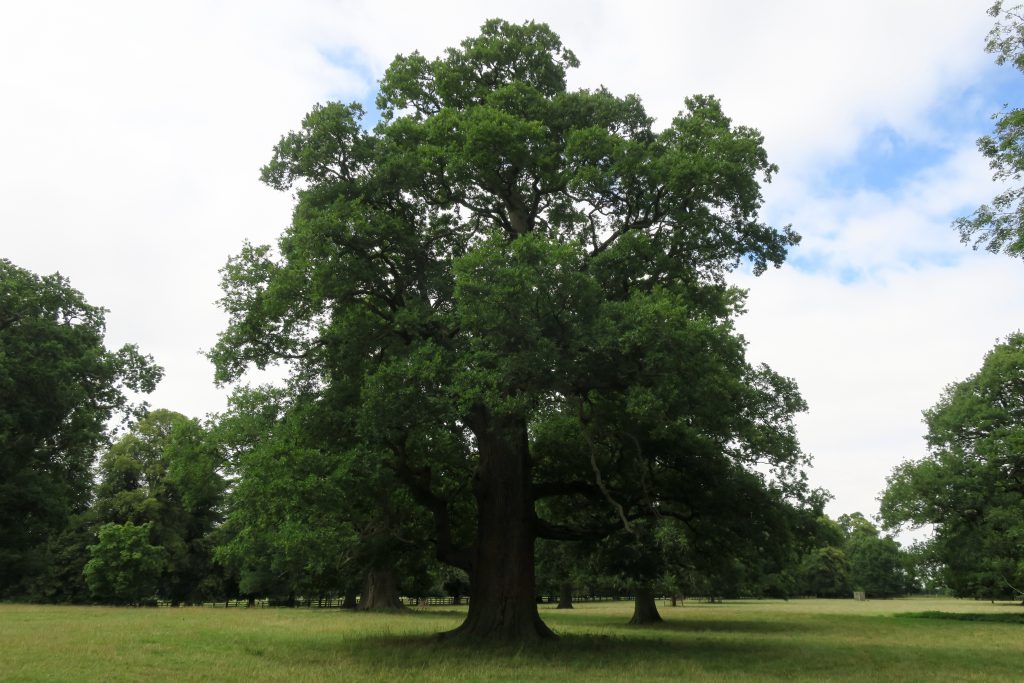
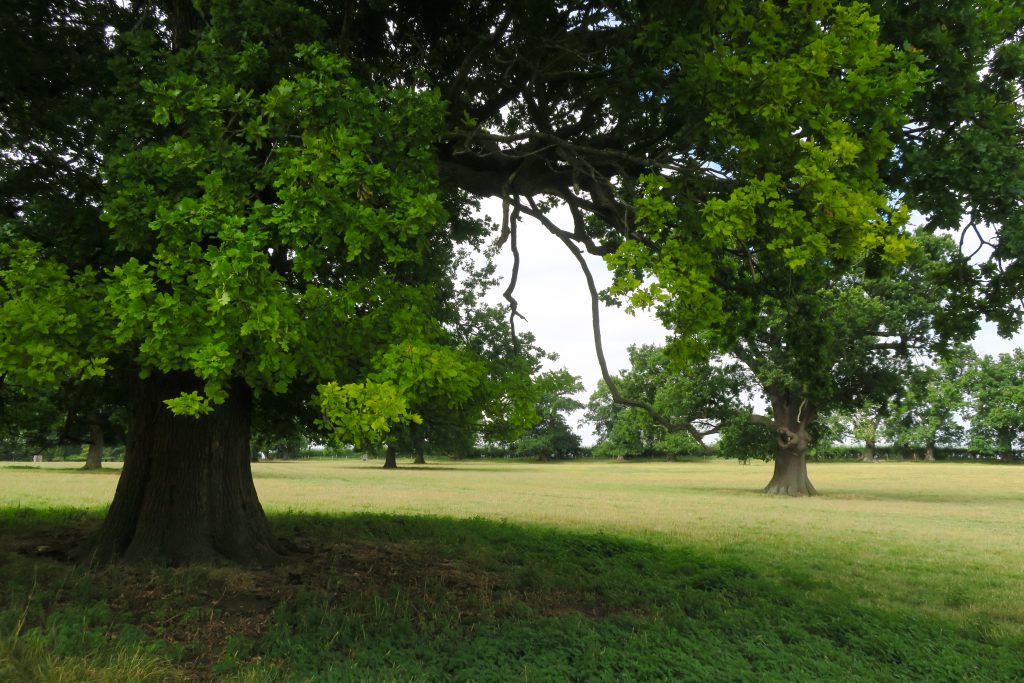
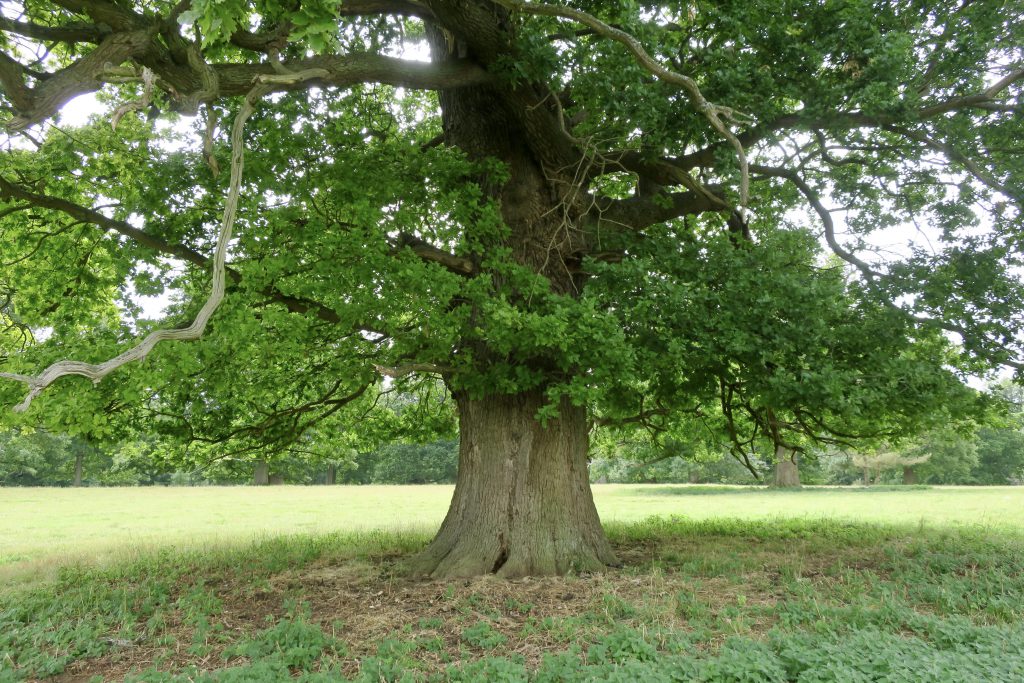
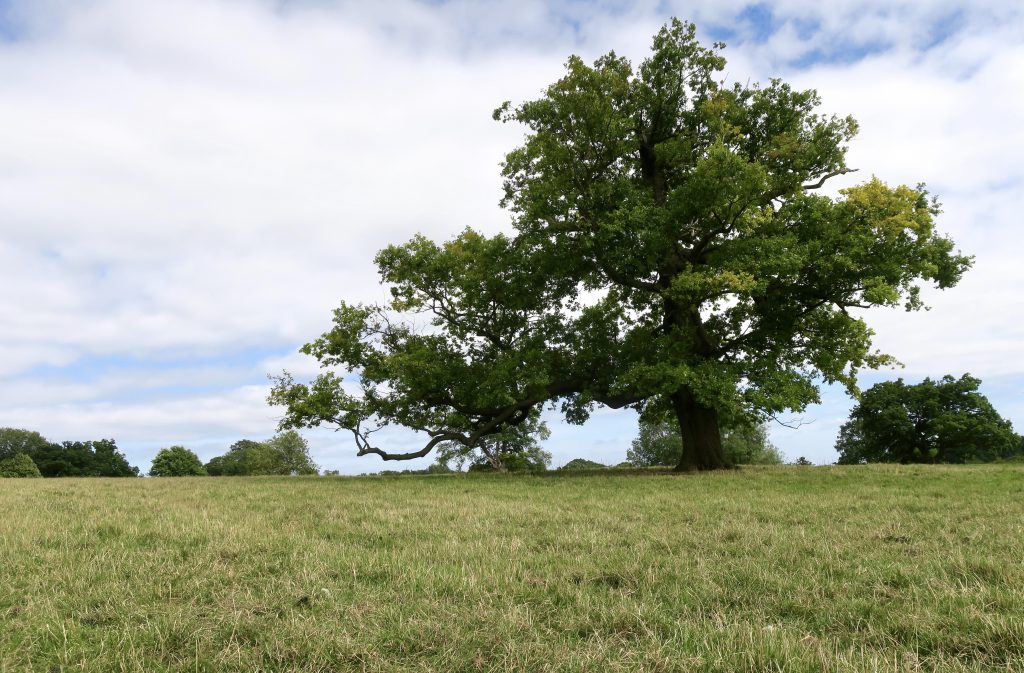
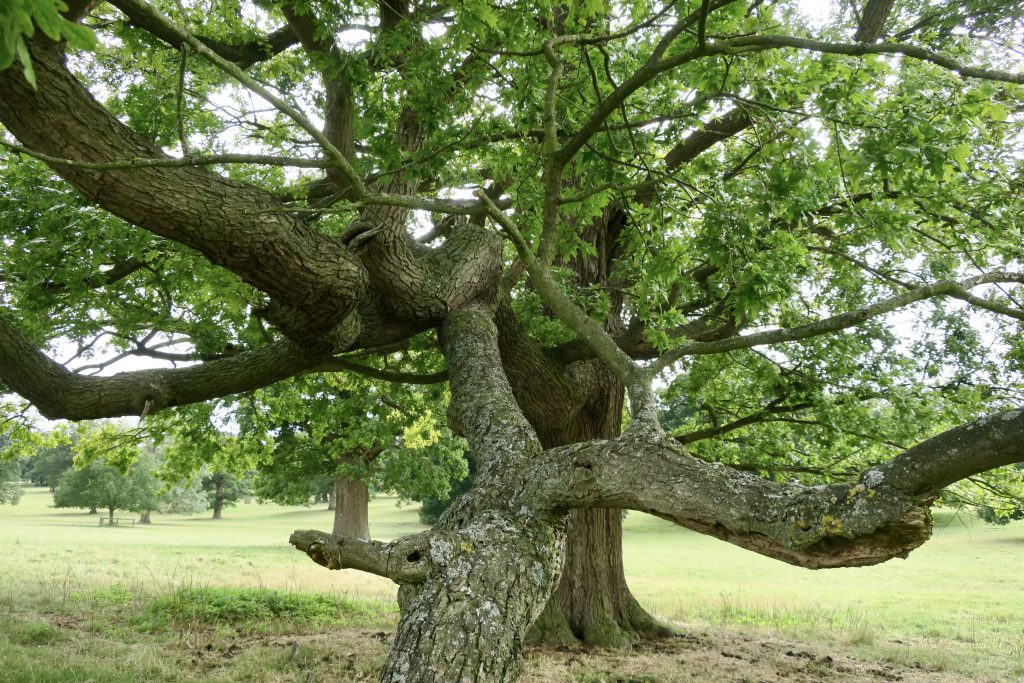
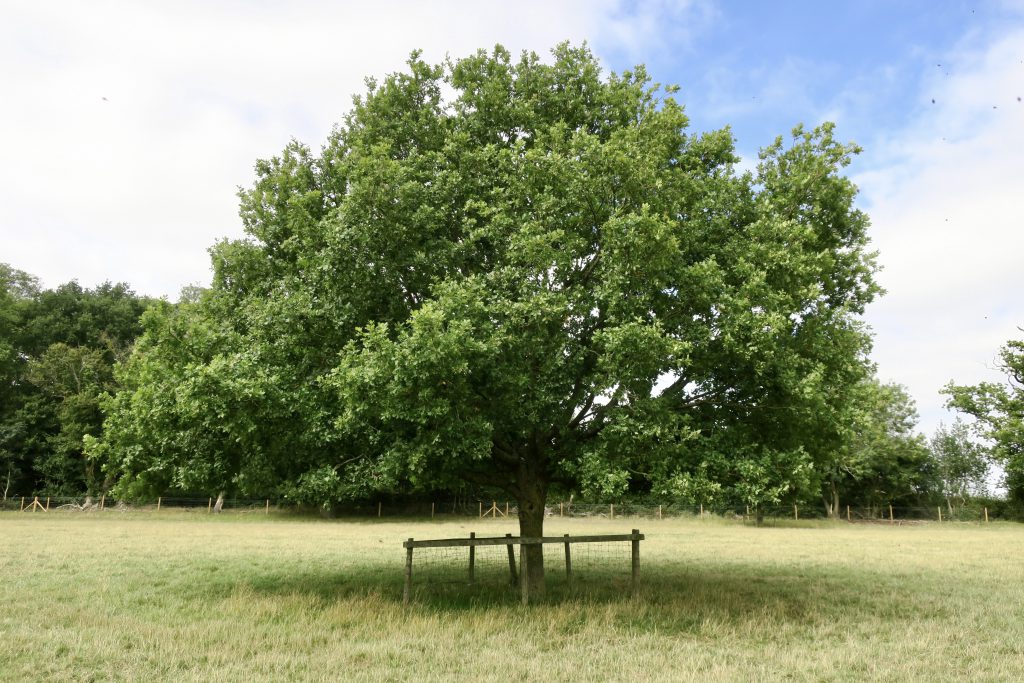
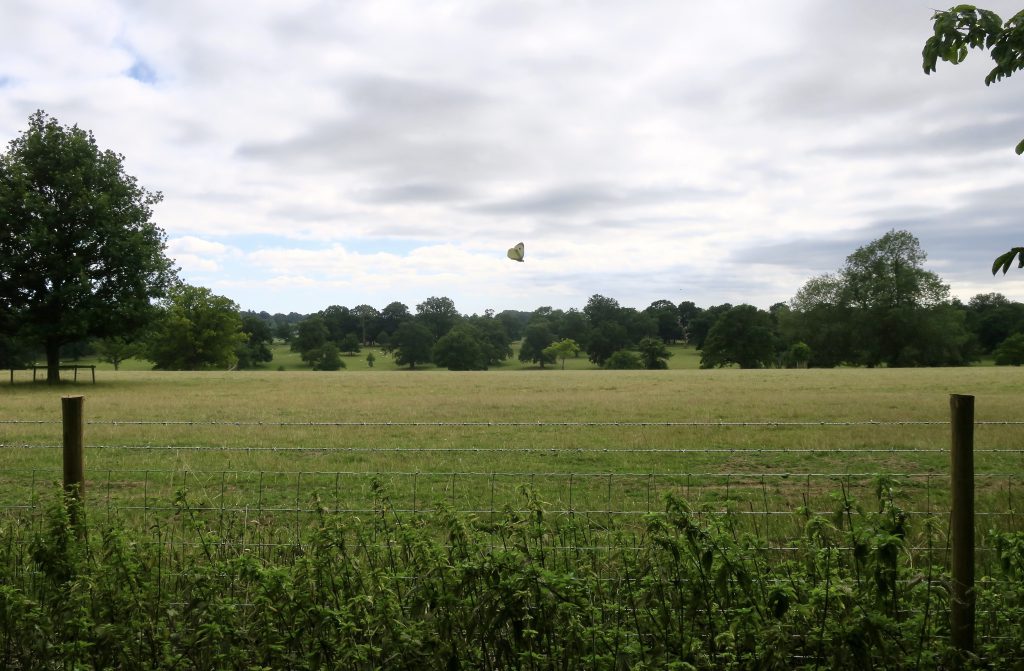
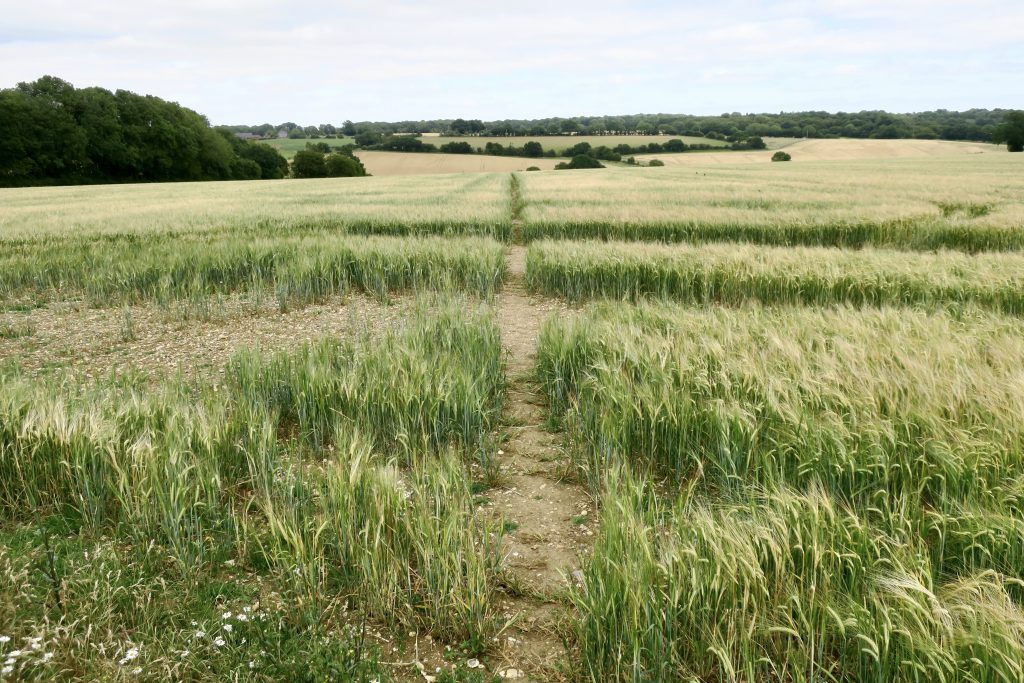
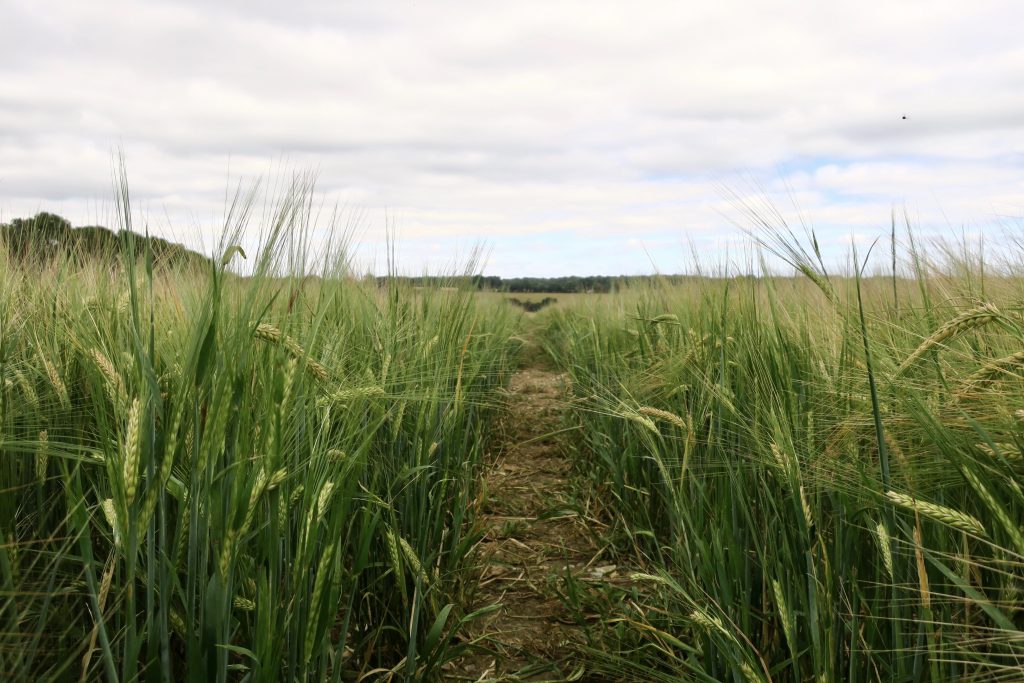
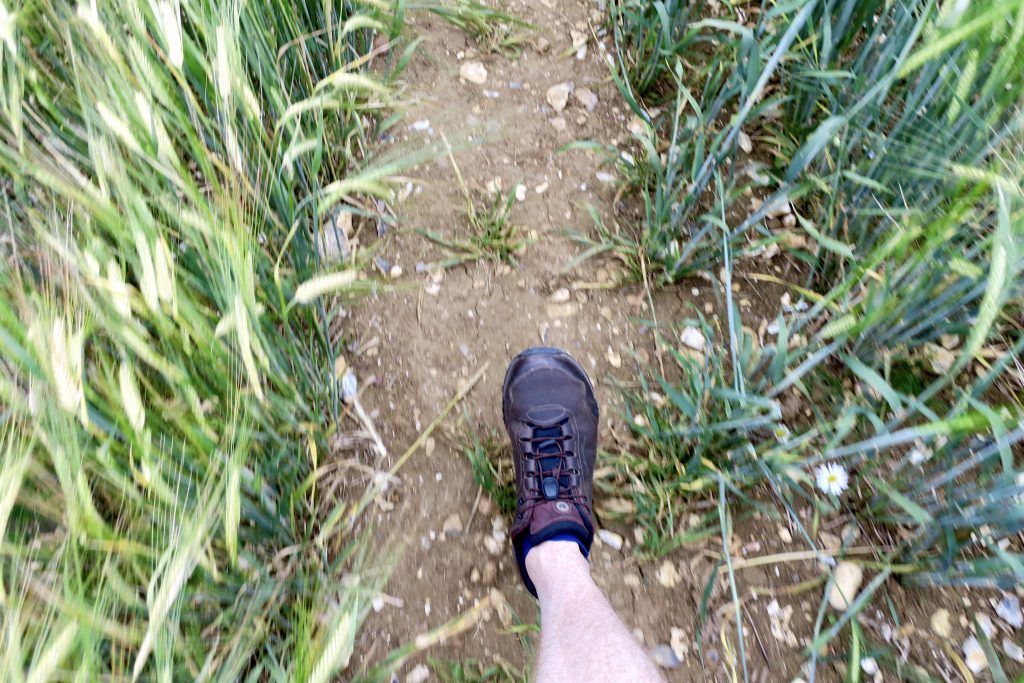
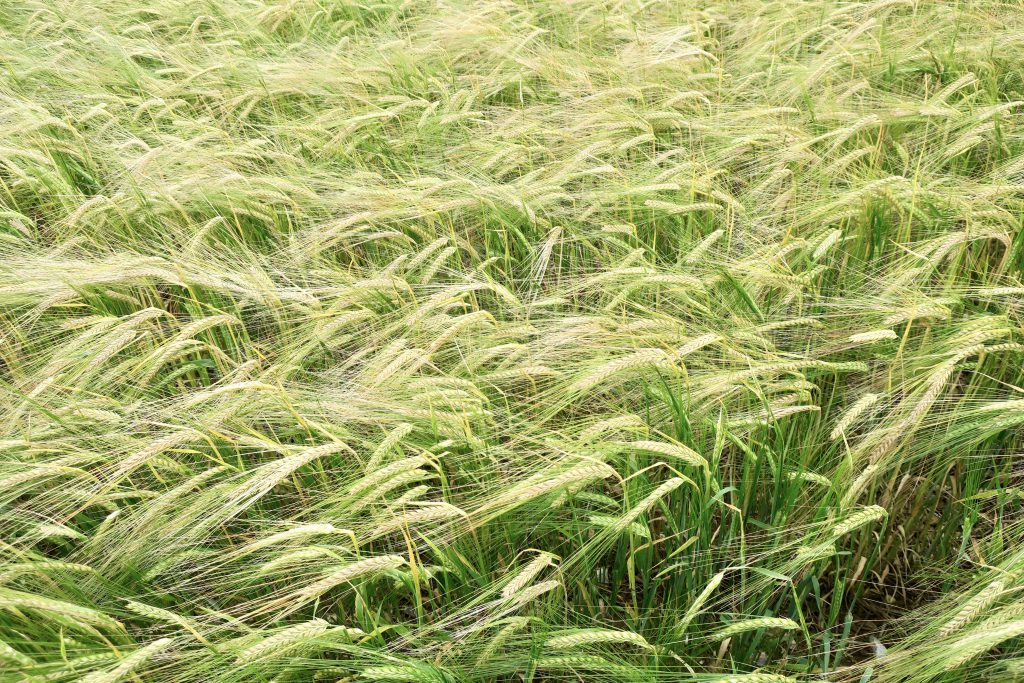
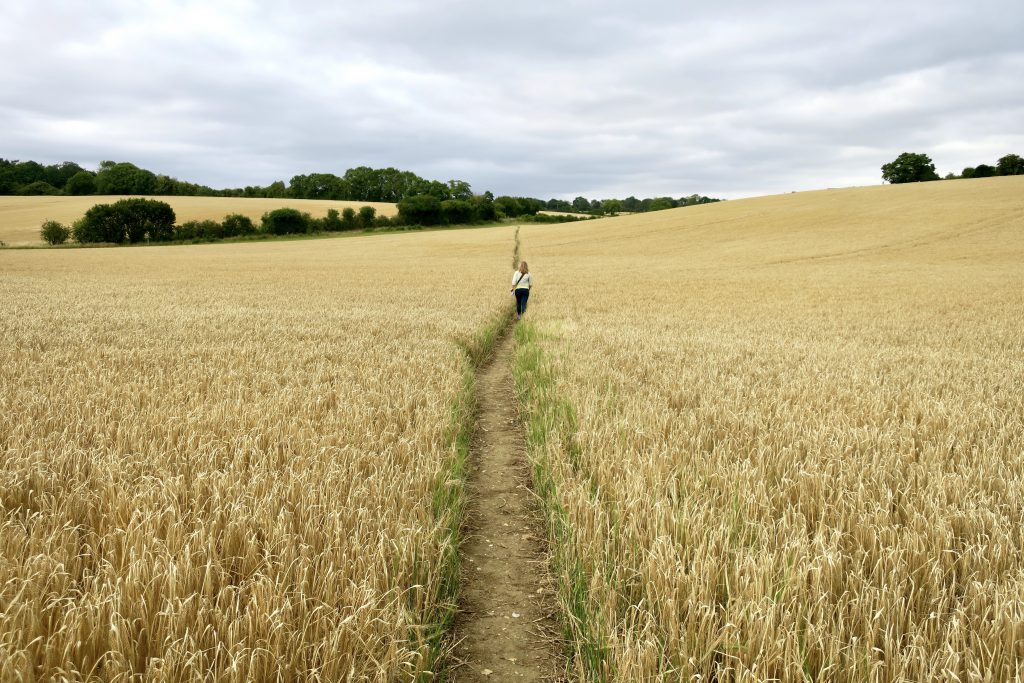
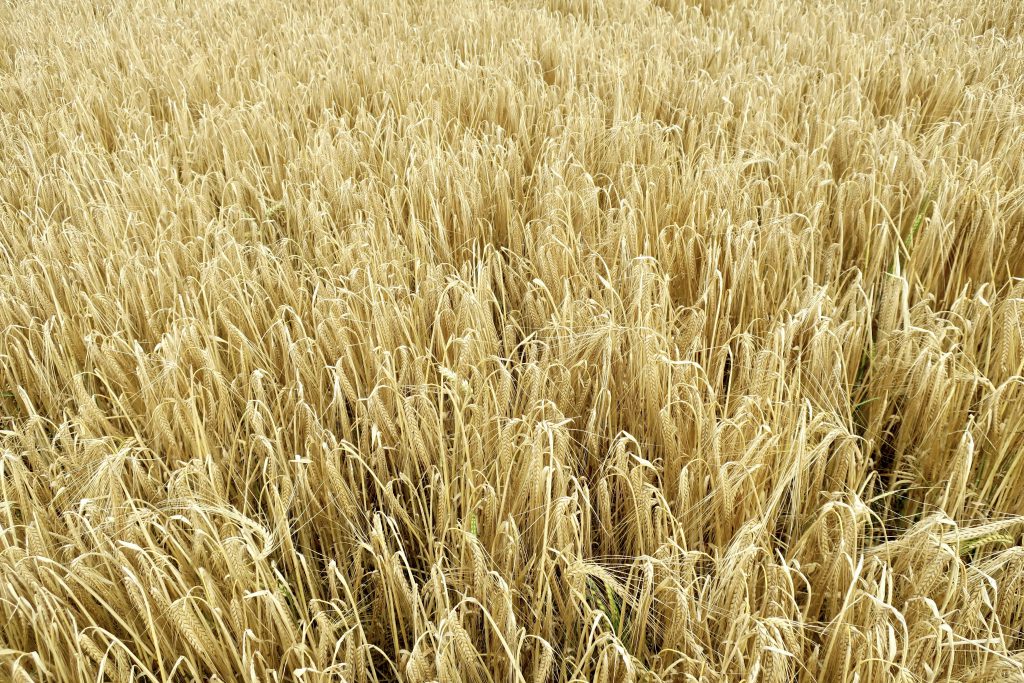
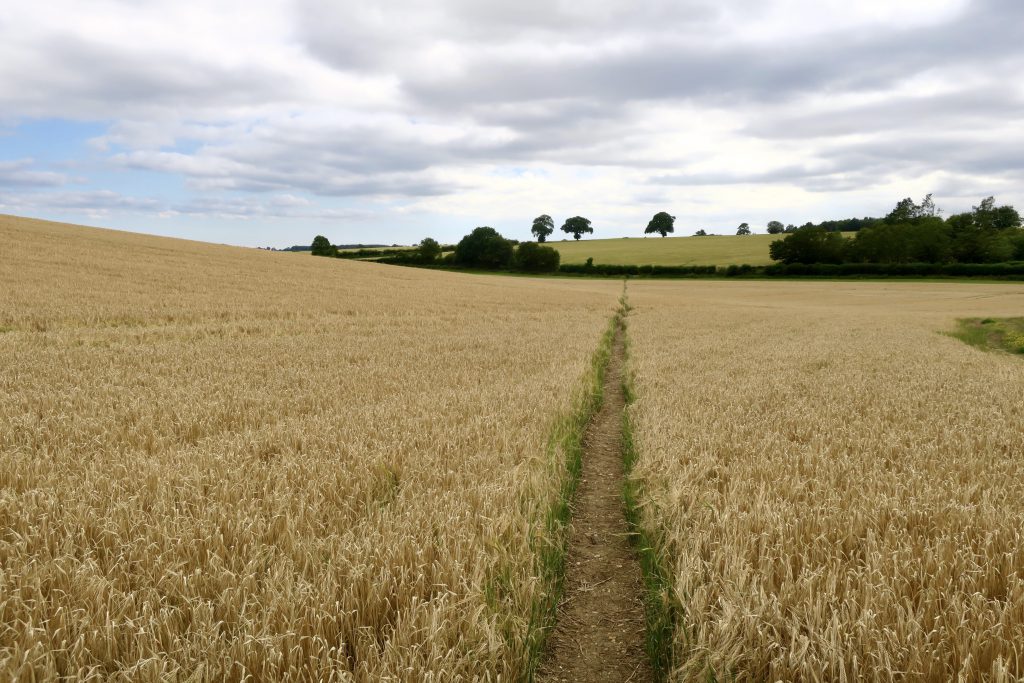
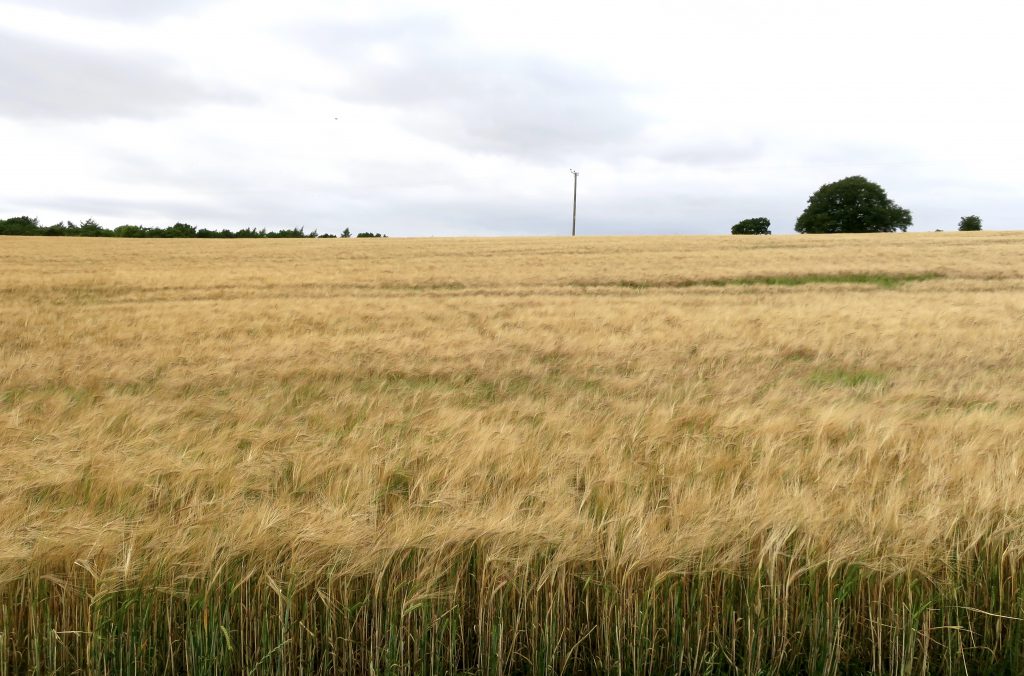
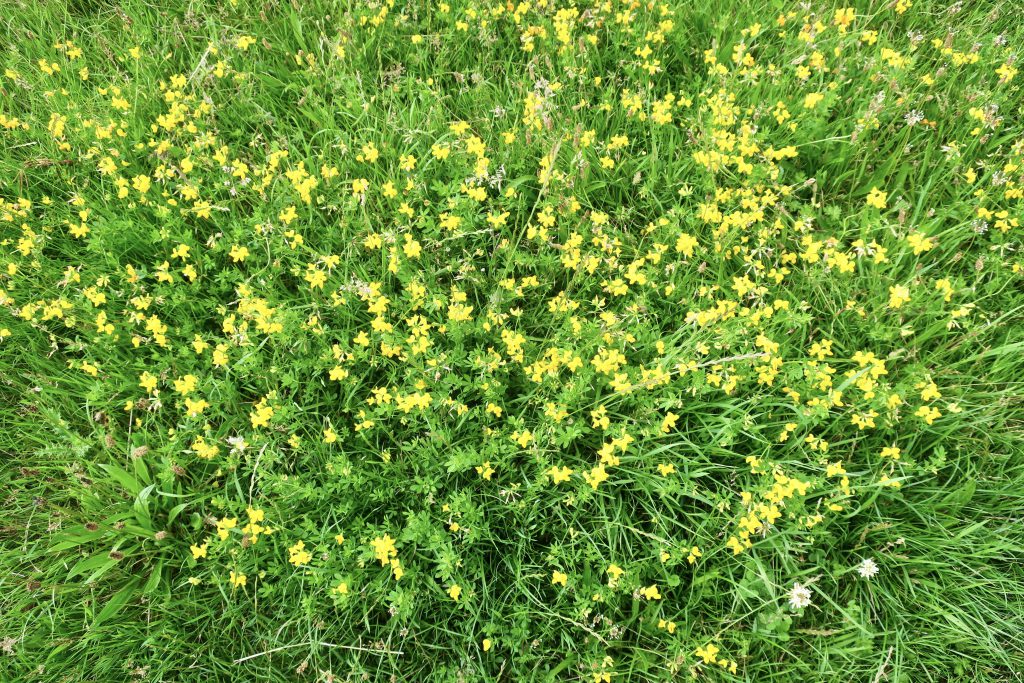
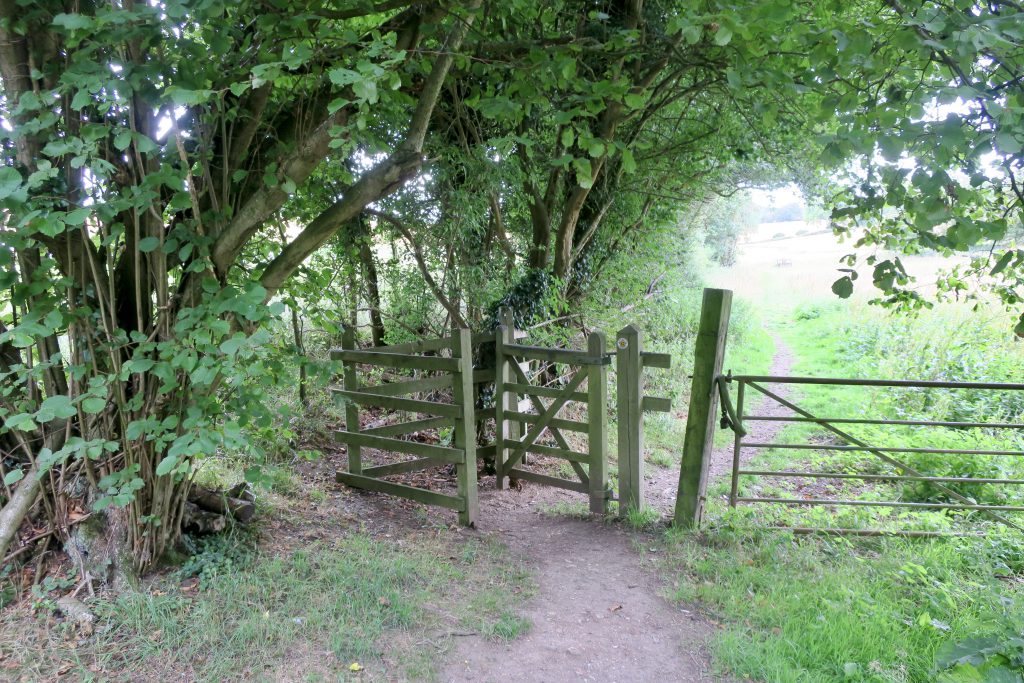
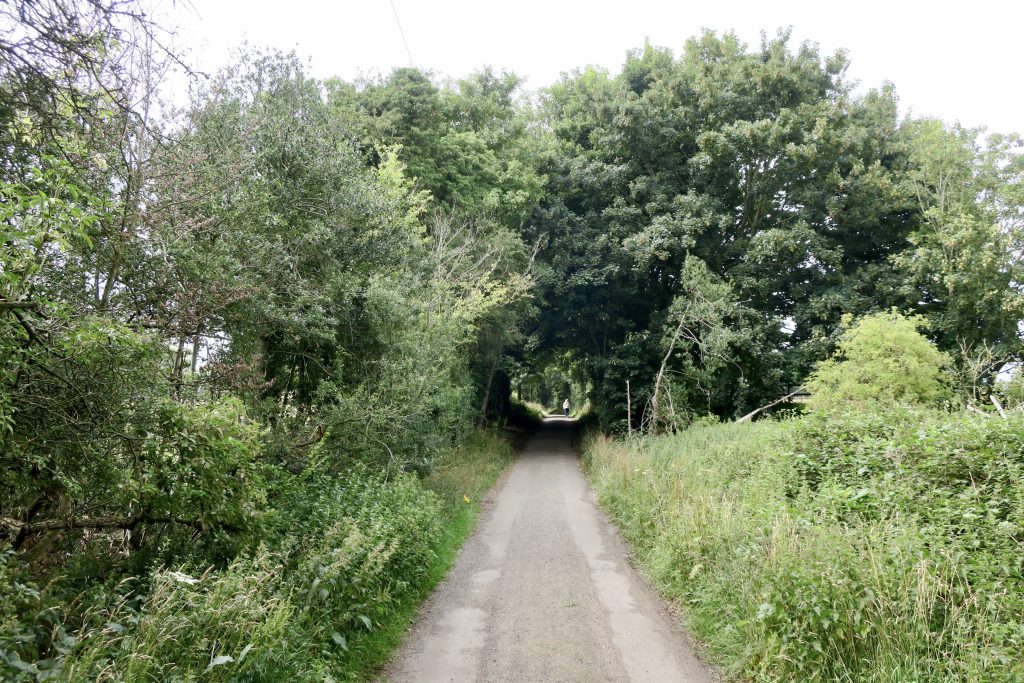
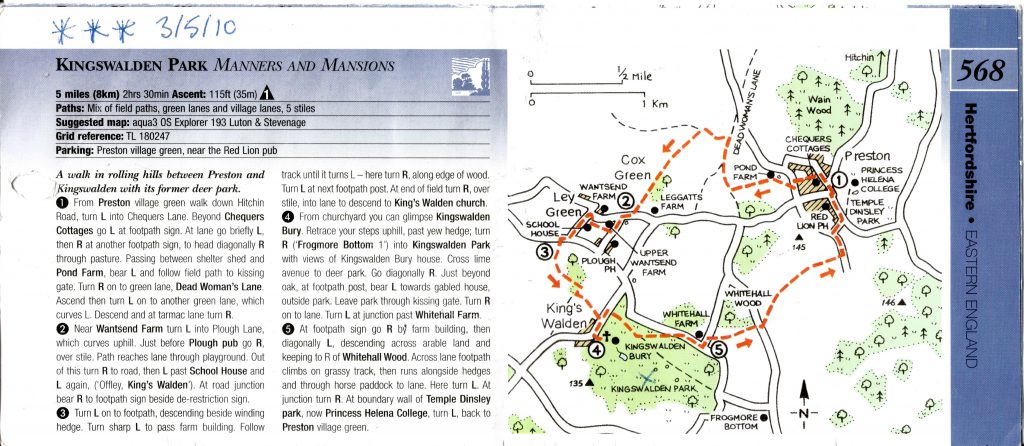
“Maybe this younger tree could be named the Brexit Oak, as a memorial to the time we became stupid.”
good idea.
Lovely post, as always.
Thanks Josie!
I’m mesmerized by these beautiful photos which I happened upon by chance, looking for a possible history of Austage End where my great grandparents are listed on the 1901 Census. I was born and grew up close to here but now live so very far away. This blog is such a find and I plan to scroll through it every single day. It brings back memories, a sense of peace and it makes me smile. Just love it!!
Thank you for such a gift – and the witty writing too.
This is such a sweet message! Thank you so much. Now I want to know more about the history of Austage End. And get out again and write more walking blogposts.